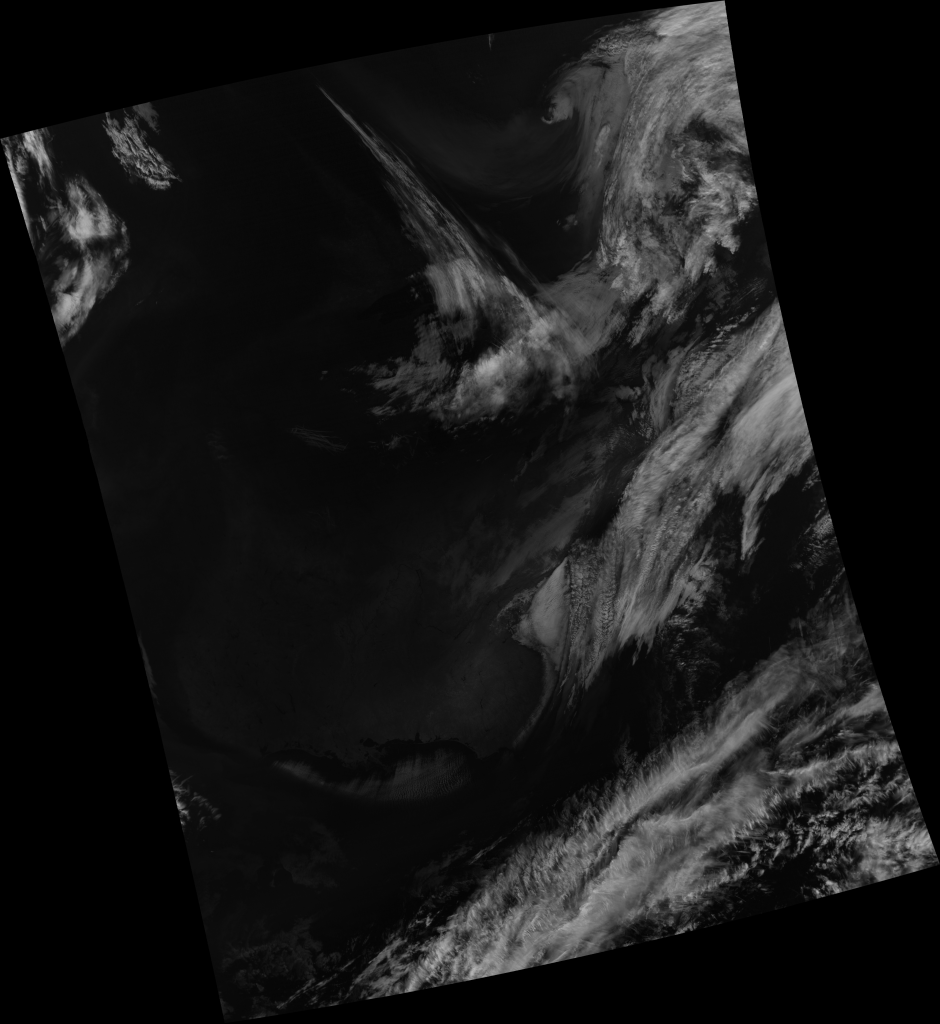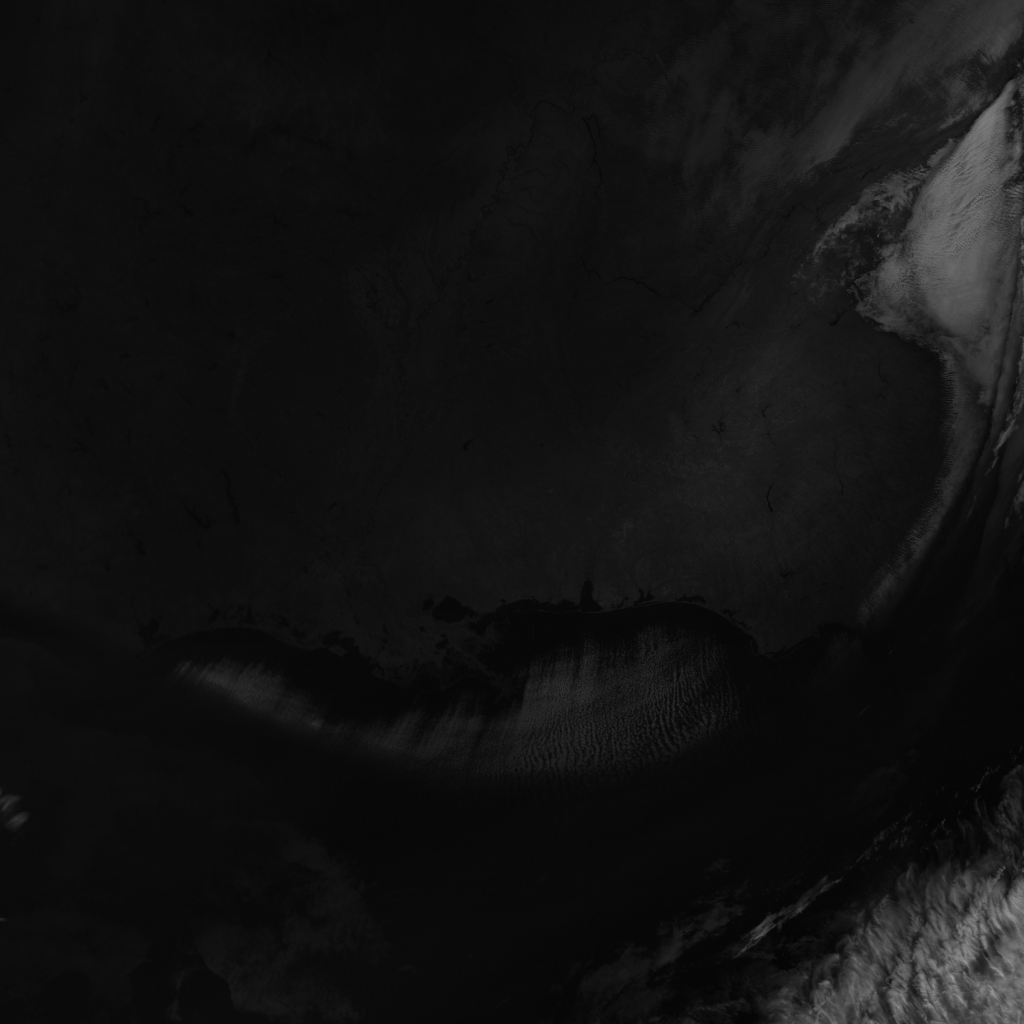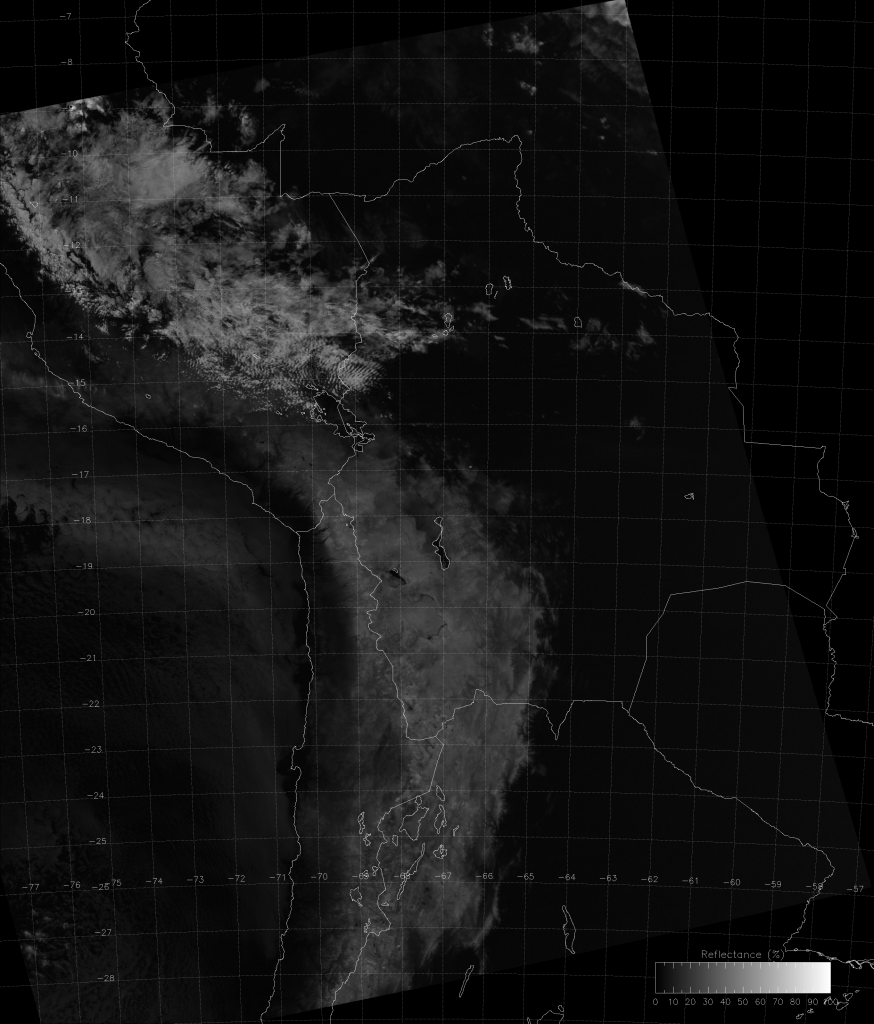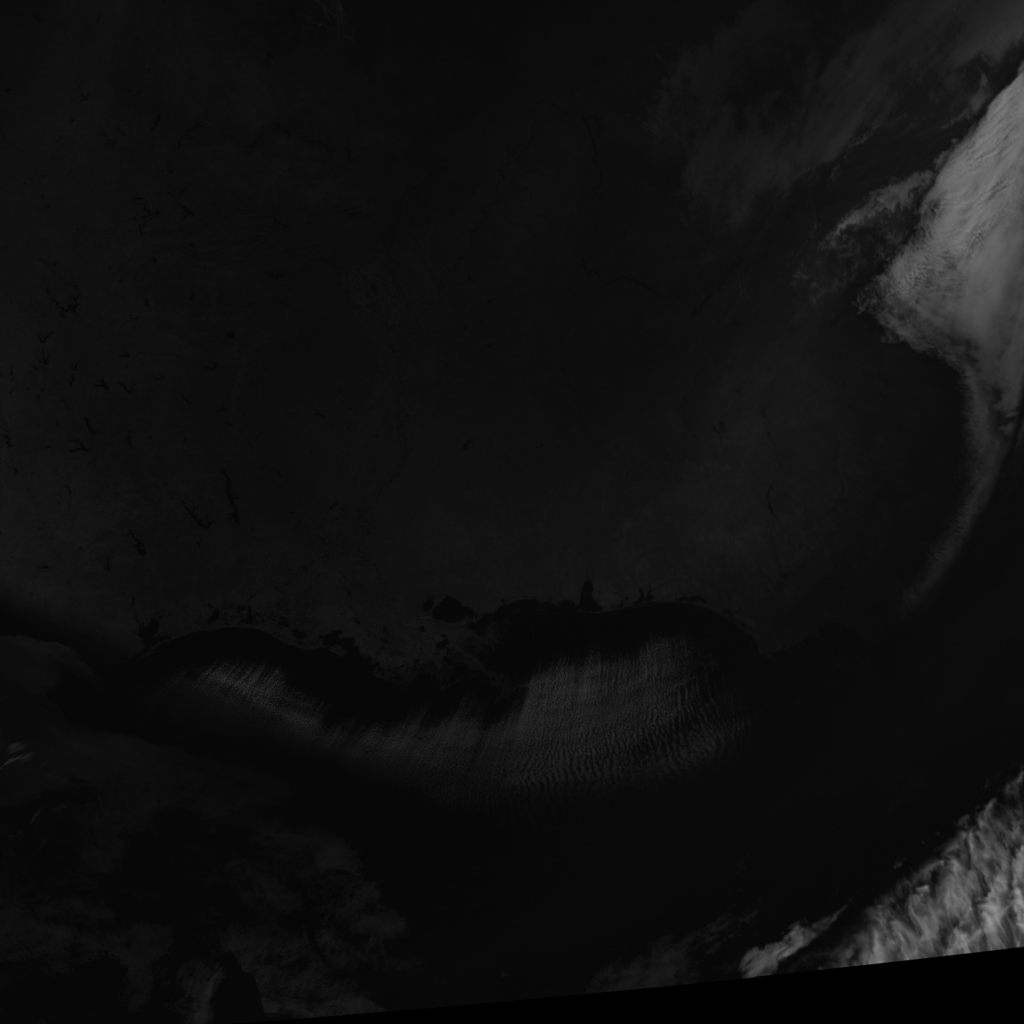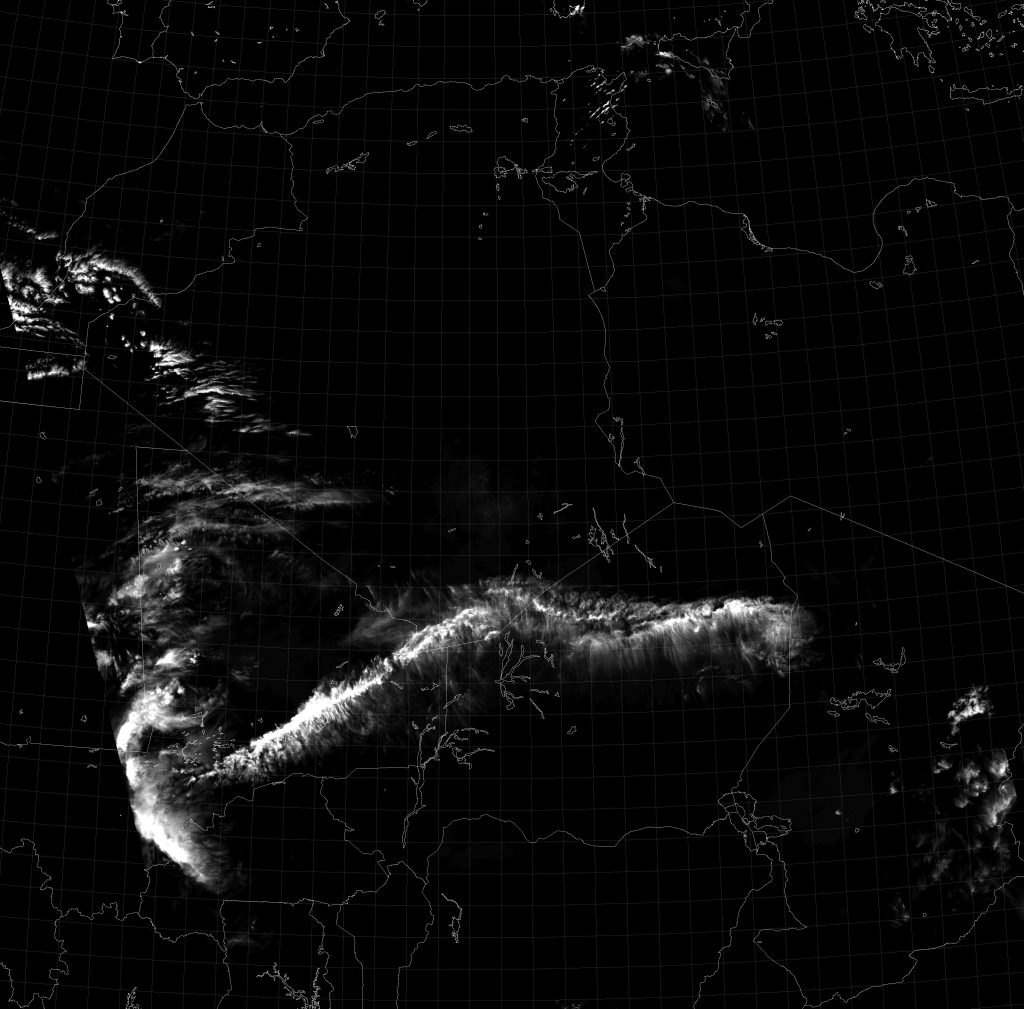For once, I don’t have all the answers. That’s why I said “aatsuu“. That is an Inuit (Inuktitut) word for “I don’t know.” We’re learning Inuit language today because I wonder how they would describe a recent event in Antarctica. You see, I had been told growing up that the Inuit had more than 30 different words for “snow”, so who better to describe the changing surface properties of snow and ice?
But, as it turns out, that is a controversial statement. It has led to what linguists refer to as “the Great Eskimo Vocabulary Hoax.” There are many other blogs and podcasts that have talked about this “myth“. Exactly how many Inuit words there are for snow (or ice) depends on a lot of factors. The two biggest factors are: What is an “Inuit” language? And, what is a word? “Inuit” used here is a blanket term used to describe the native people of the North American Arctic and a few groups in far-eastern Siberia, which includes distinct groups of people that call themselves Inuit, Inupiat, Yupik, and Alutiit, among others, and have a variety of different languages. One commonality is that they all have agglutinative languages. Simply put, they combine root words with modifiers to create complex words that take the place of phrases. It is summarized succinctly in this comic. So, we might describe snow as “wet and heavy” or “light and fluffy”, while an agglutinative language would say “snowwetandheavy” or “snowfluff” to mean the same thing.
If you focus only on the root words, you get a small number of words that is similar to the number of words in English. If you add in all the possible modifiers, you get a limitless number. (Some of these are amazingly specific, such as qautsaulittuq: “ice that breaks when its strength is tested using a harpoon.”)
As part of the International Polar Year 2007-2008, the Sea Ice Knowledge and Use (SIKU) project (“siku” is the Inuit root word for “ice”) combined the efforts of physical and social scientists to better characterize our collective understanding of ice behavior in the Arctic by studying the native Arctic residents’ understanding of ice behavior, in part, through their culture and language. The discussion on the variety of words for snow and ice takes up five chapters of this compilation of SIKU research. That’s where I learned that puttippoq means an ice surface that has become wet due to melting. (You can read their take on the Great Eskimo Vocabulary Hoax here.)
Didn’t think you’d see a discussion on linguistics in a blog about satellite meteorology, did you? So, let’s get to the satellite meteorology. We’ll start with a look at what I previously called the “mystery channel“, although a better name for it is the “snow band”, since it is very sensitive to the properties of snow and ice.
As always, it is best to view this video in full screen mode. What you are seeing is a compilation of VIIRS band M-08 (1.24 µm) images from both S-NPP and NOAA-20 from 12-13 February 2020, and there are two interesting things to note. First, the left half of the image is the high-elevation Antarctic Plateau, which contains a very bright feature that is very stationary. The right side of the image is low-elevation and contains the southernmost tip of the Ross Ice Shelf (outlined on the map). The Transantarctic Mountains (or, more specifically, the Queen Maud Mountains) in the middle separate the two regions. Pay attention to the expanding dark region on top of the ice shelf.
Since it is difficult to focus on more than one thing at a time, let’s focus on the ice shelf first. (Coincidentally, I haven’t found an Inuit word for “ice shelf”, but I did find sikuiuitsoq, which means “ice that doesn’t melt” – used to refer to ice that has been around a long time, which certainly applies to the Ross Ice Shelf.)
This is an animated GIF that you will have to click to view. This feature shows up in the longer-wavelength bands, M-10 (1.61 µm) and M-11 (2.25 µm):
But, see if you can find it in the shorter-wavelength bands, M-07 (0.86 µm) and M-05 (0.67 µm):
At the shorter wavelengths, the feature only appears at certain times, suggesting a viewing angle dependence on the reflectance. That means the bidirectional reflectance distribution function (BRDF) is not uniform.
The explanation for this feature is pretty simple. The cold air over the Antarctic Plateau sinks down through the canyons in the Queen Maud Mountains, and as it descends, the air compresses and warms. These are called katabatic winds. In this case, the katabatic winds are aided by the synoptic scale flow as evidenced by the cloud motion. This relatively warm wind is likely melting the top surface of the Ross Ice Sheet, causing a drop in reflectance in the short-wave infrared (IR) similar to what we’ve seen before. In fact, the darkest regions of those canyons are where the howling katabatic winds have scoured away all the snow, leaving behind only the oldest glacial ice. And glacial ice has the largest grain sizes of any of the ice out there, which we know is a big factor on ice reflectivity in the shortwave-IR. (Watch those animations again and note that M-11 appears to provide the strongest signal of blowing snow coming out of those canyons. This is exploited by the Day Snow/Fog RGB.)
For comparison purposes, let’s look at the Natural Color RGB (also known as the Day Land Cloud RGB), made up of M-05 (blue), M-07 (green) and M-10 (red):
And, what we are calling the VIIRS “Snowmelt” RGB (M-05/blue, M-08/green, M-10/red):
And, finally, a variation of the “Snow” RGB developed by Météo-France (M-11/blue, M-08/green, M-07/red):
The inclusion of M-08 makes a big difference on the visibility of this feature. And, in contrast, this is one application where True Color imagery (M-03/0.48 µm/blue, M-04/0.55 µm/green, M-05/0.67 µm/red) is of no help at all:
As for the second region of interest from the original video, “Aatsuu”. We have a region of ice and/or snow in the Antarctic Plateau that is significantly brighter than its surroundings in the shortwave IR. The question is: why is it such a well-defined shape with a distinct edge to it? Here are all the same bands and RGBs as above:
We know that smaller particle size leads to increased reflectivity in the shortwave IR. And, fresh snow typically fits that bill. But, fresh snow tends to appear more streaky (technical term) in satellite images. It’s the distinct edges that are so puzzling.
Anyone with more experience about the ice properties on the Antarctic Plateau out there? Or, experts at what makes snow and ice bright in the shortwave IR? If so, feel free to post a comment. (But, any theories involving UUSOs or UUIOs [Unidentified Under Ice Objects] will be placed in this blog’s trash.)
If not, isn’t this what graduate students are for?



















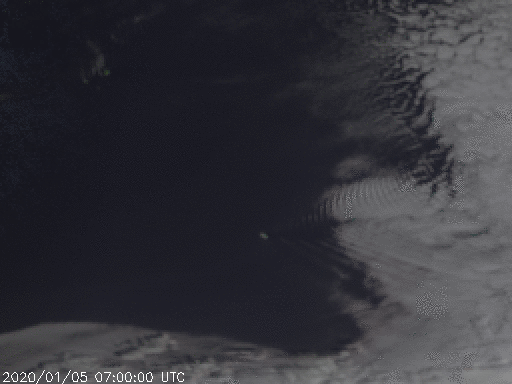



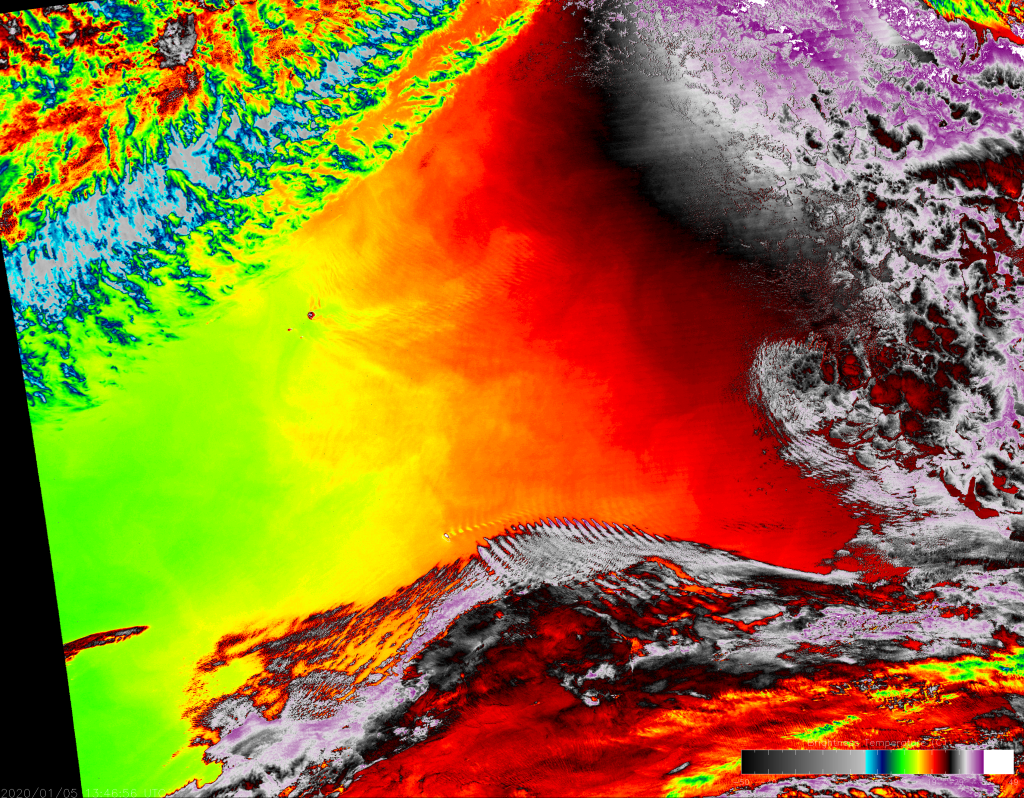
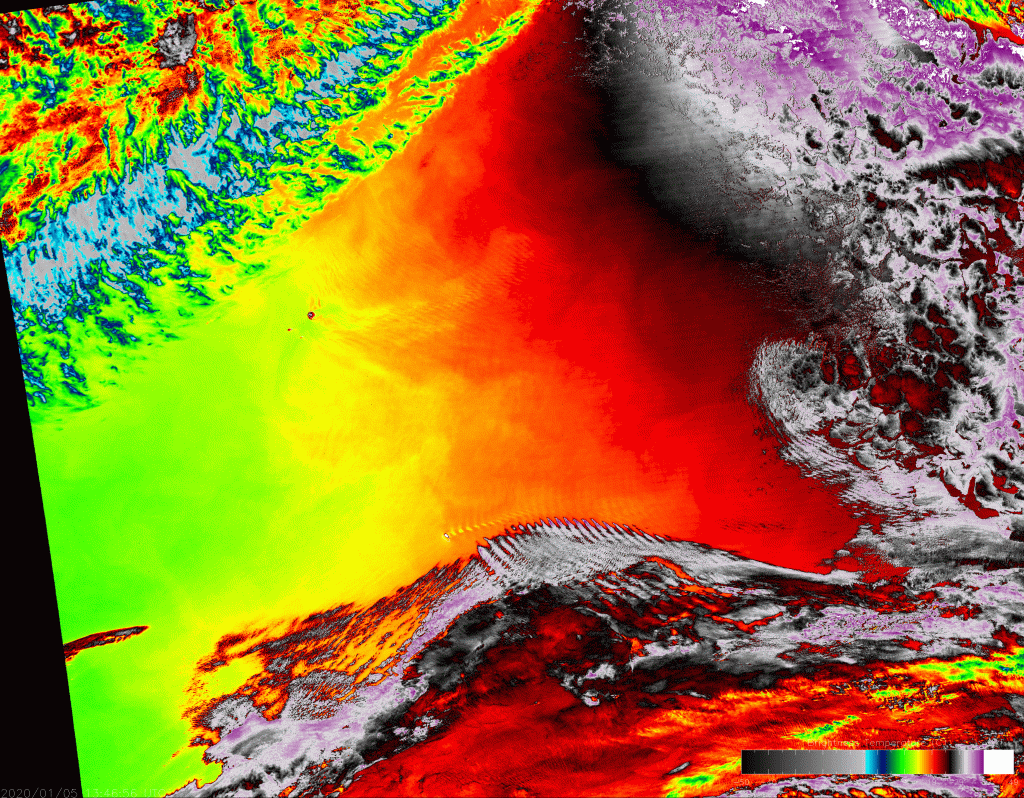
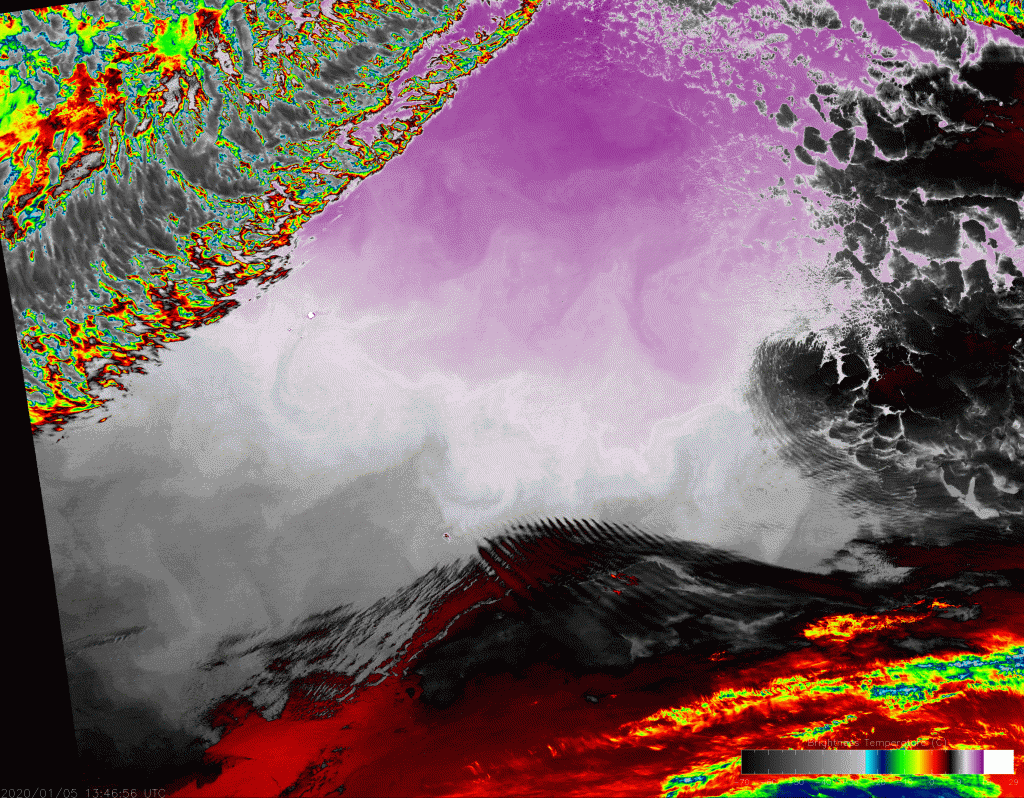


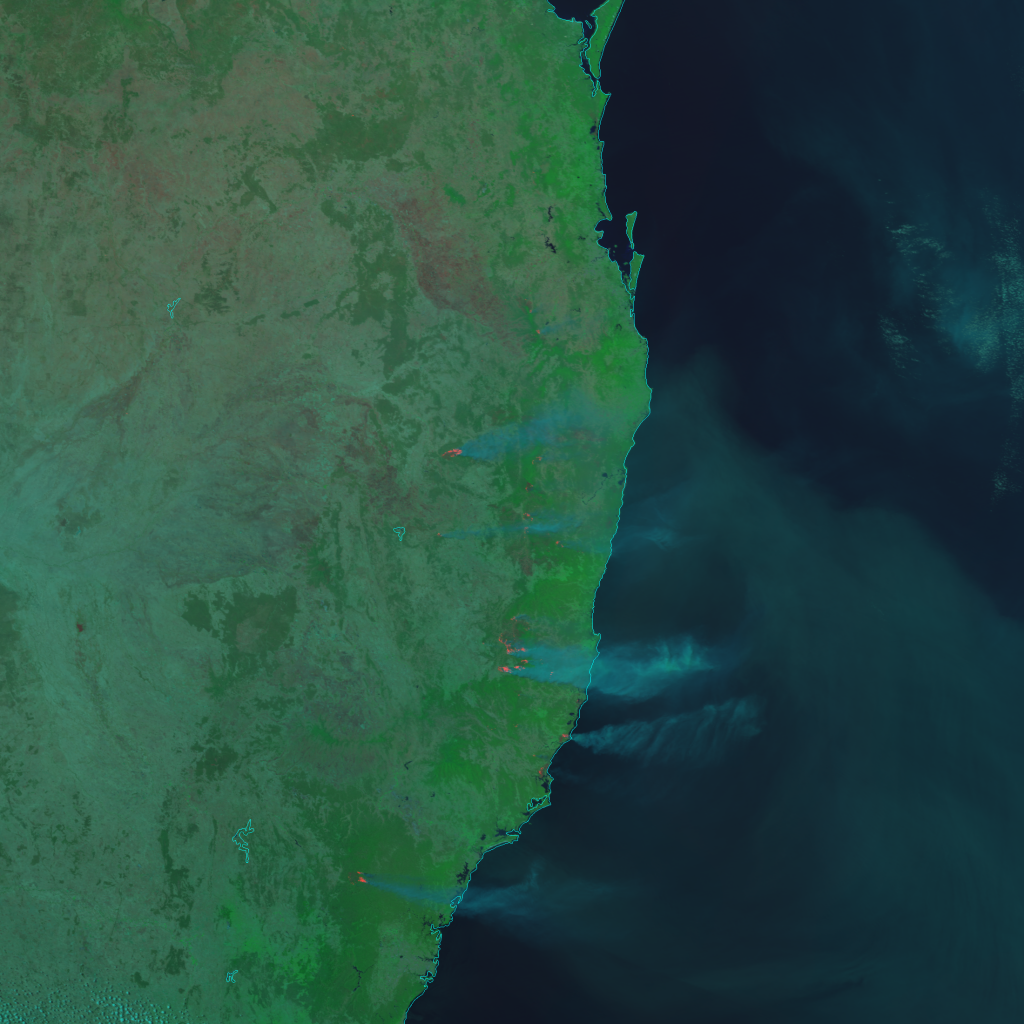
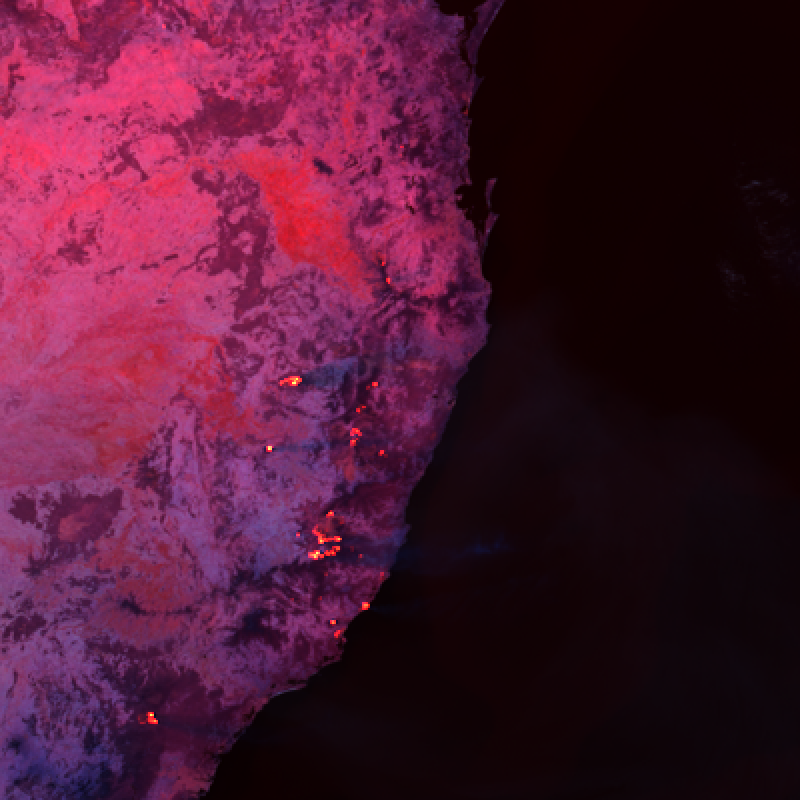
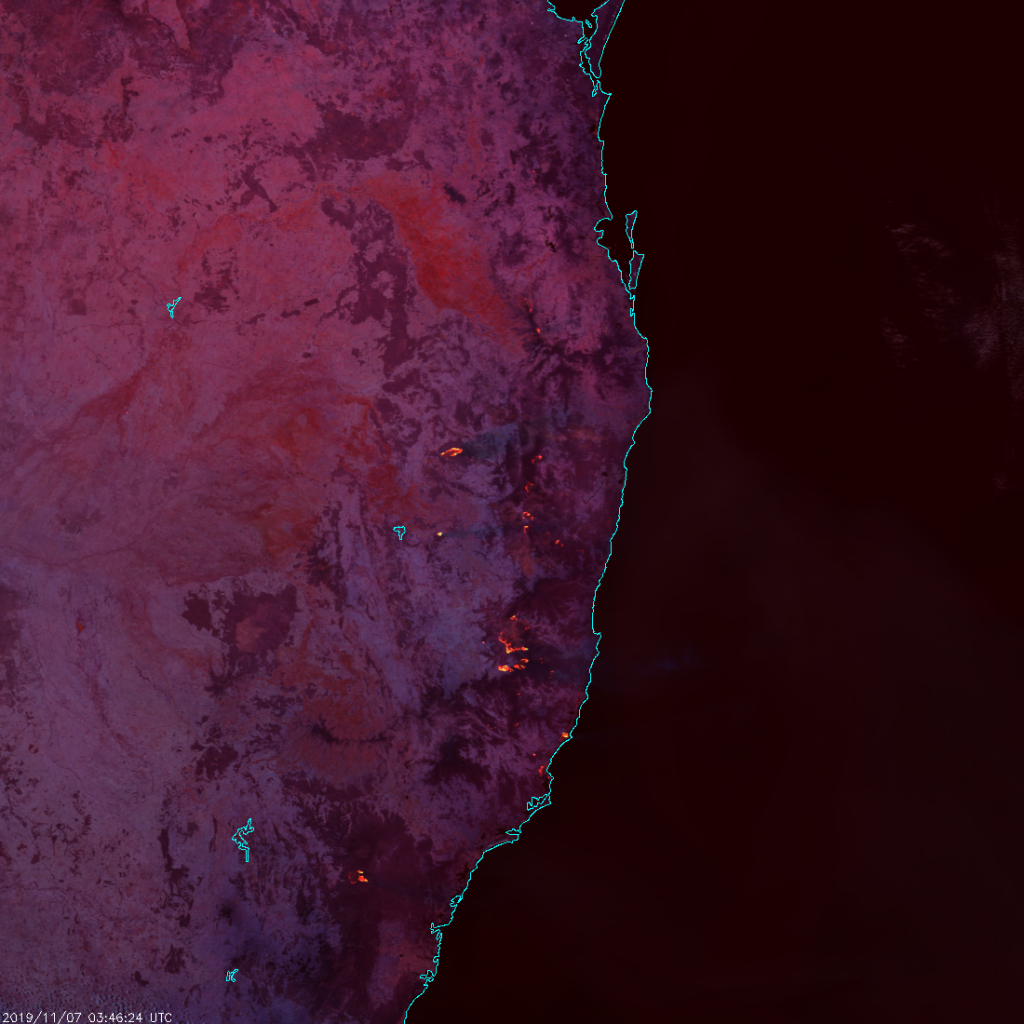
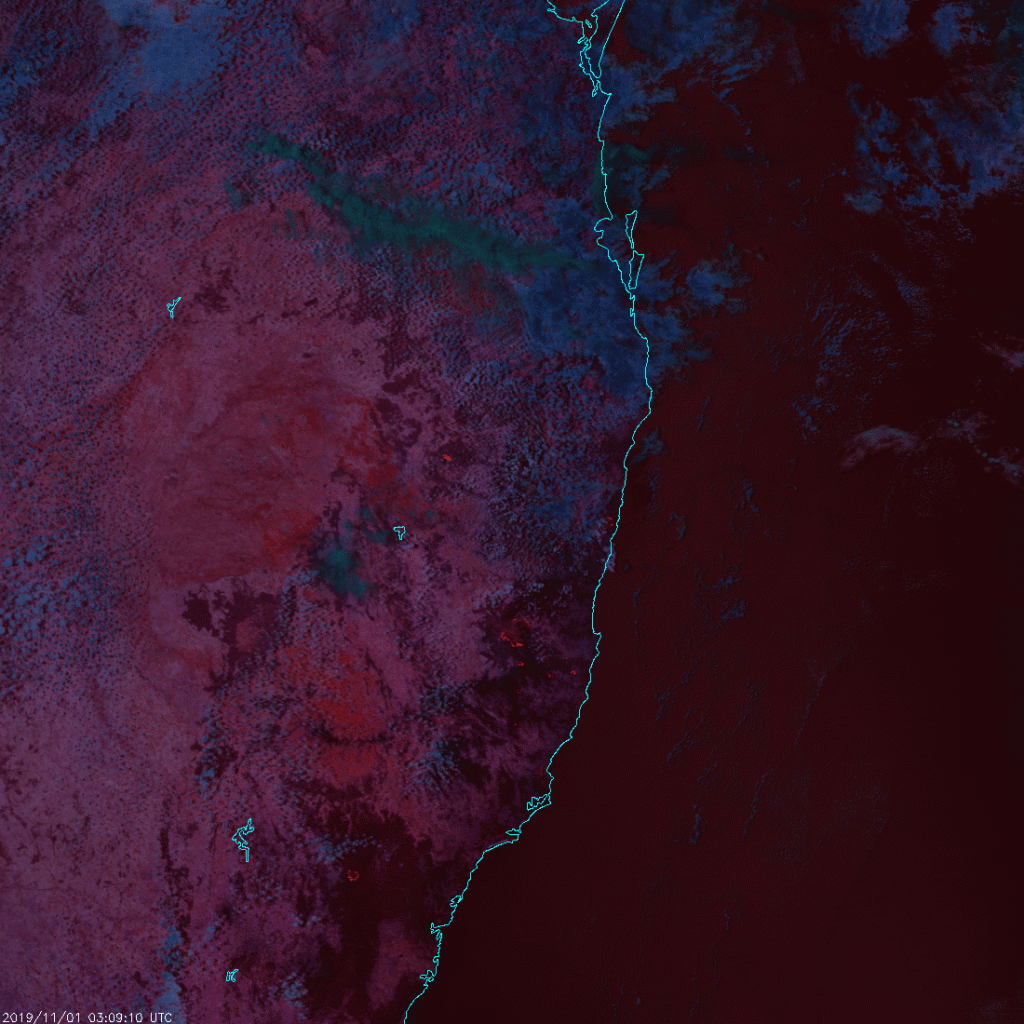

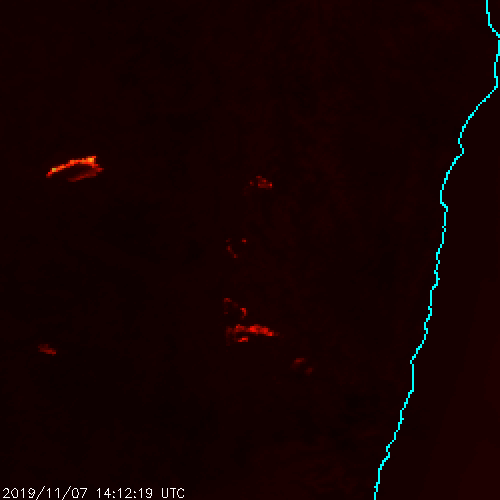
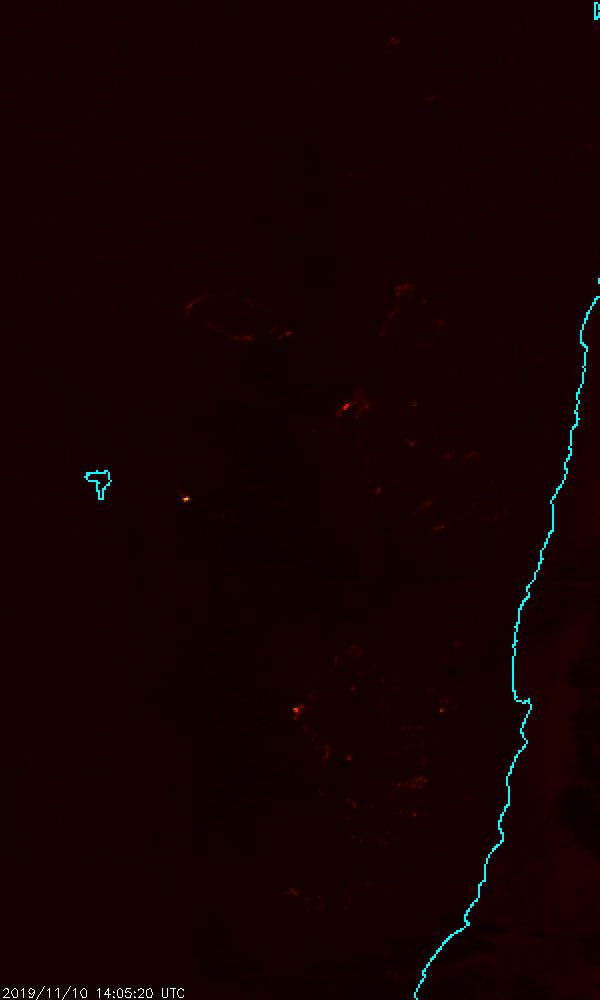
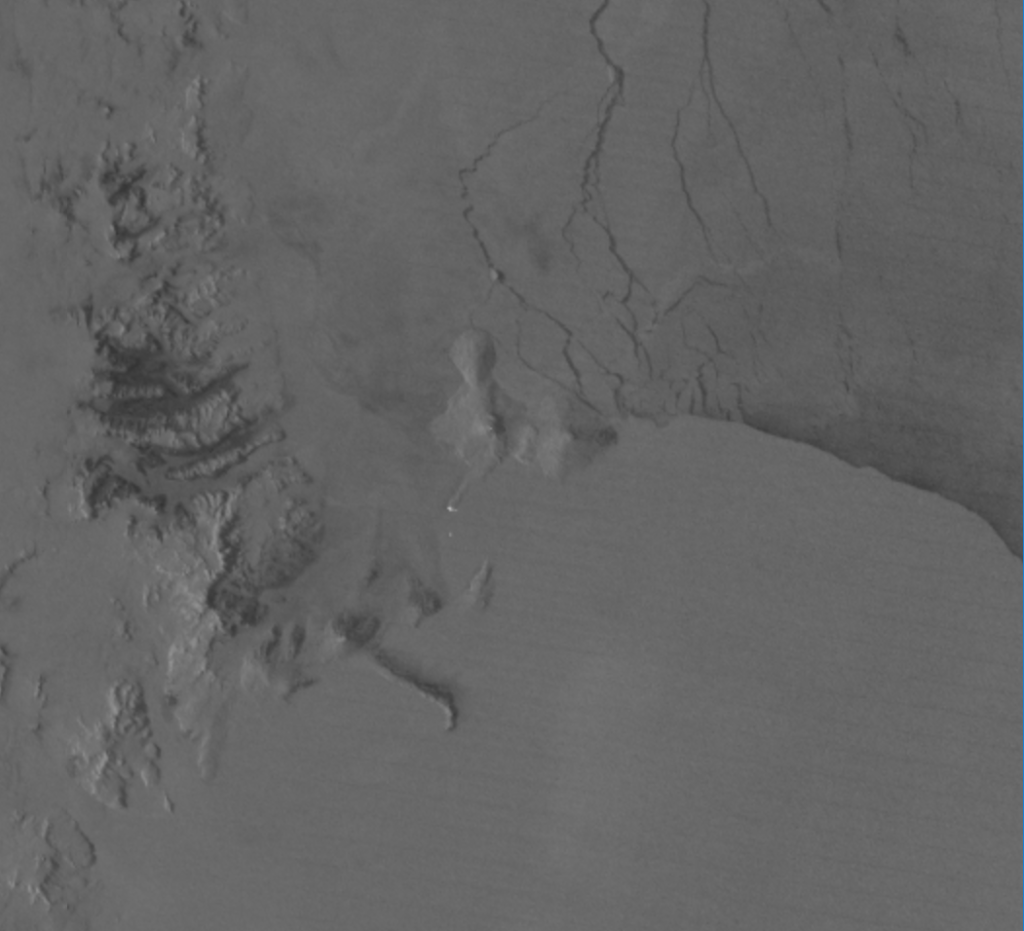
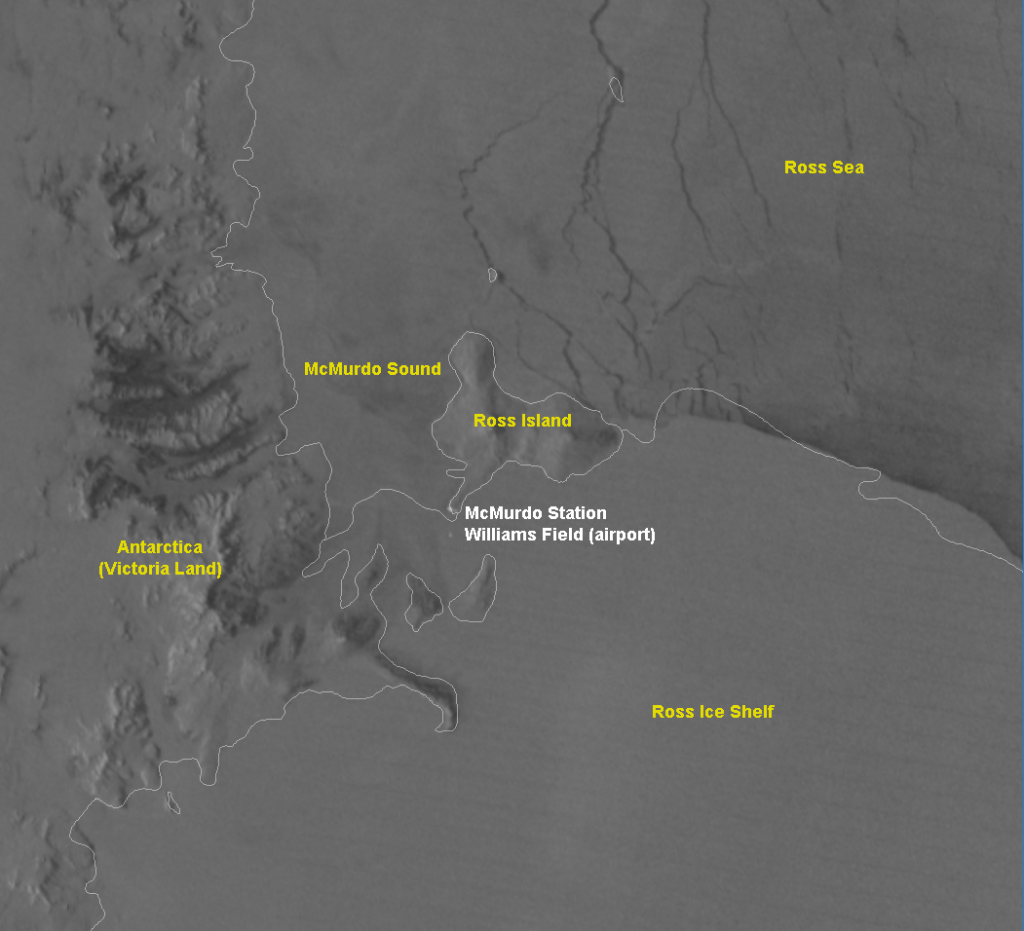
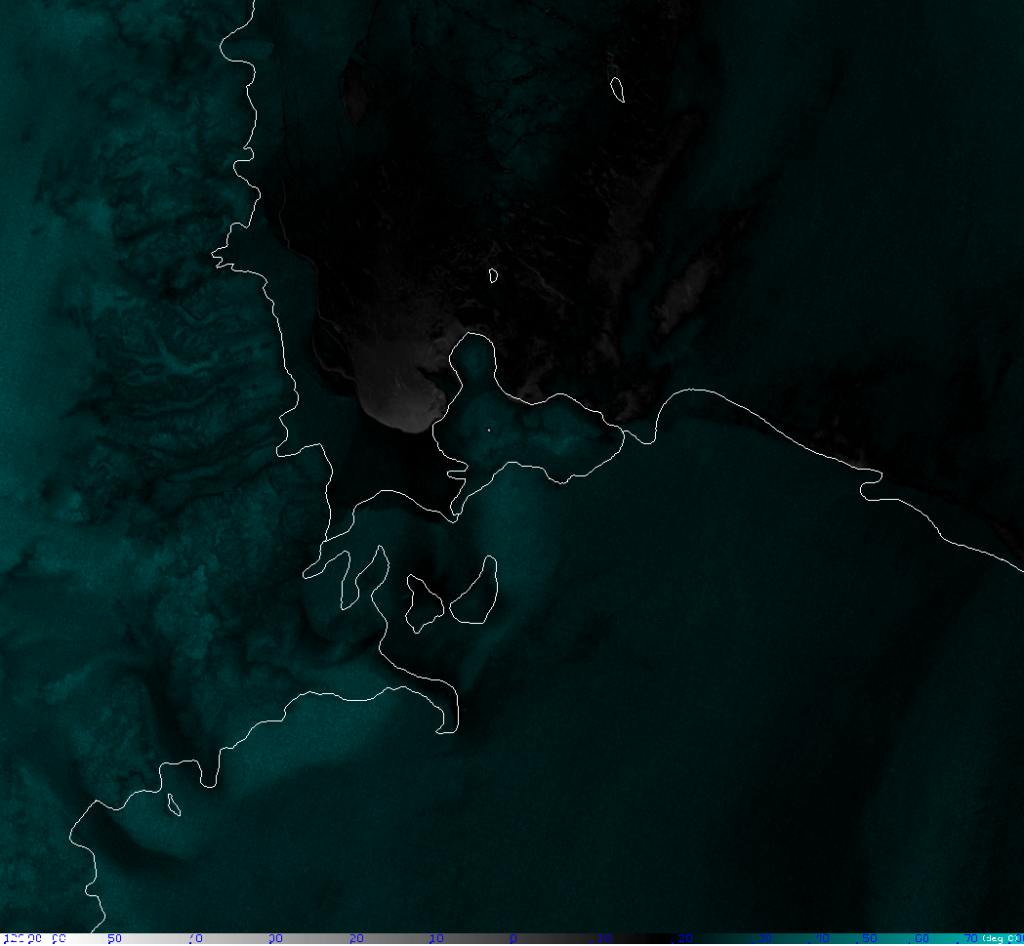
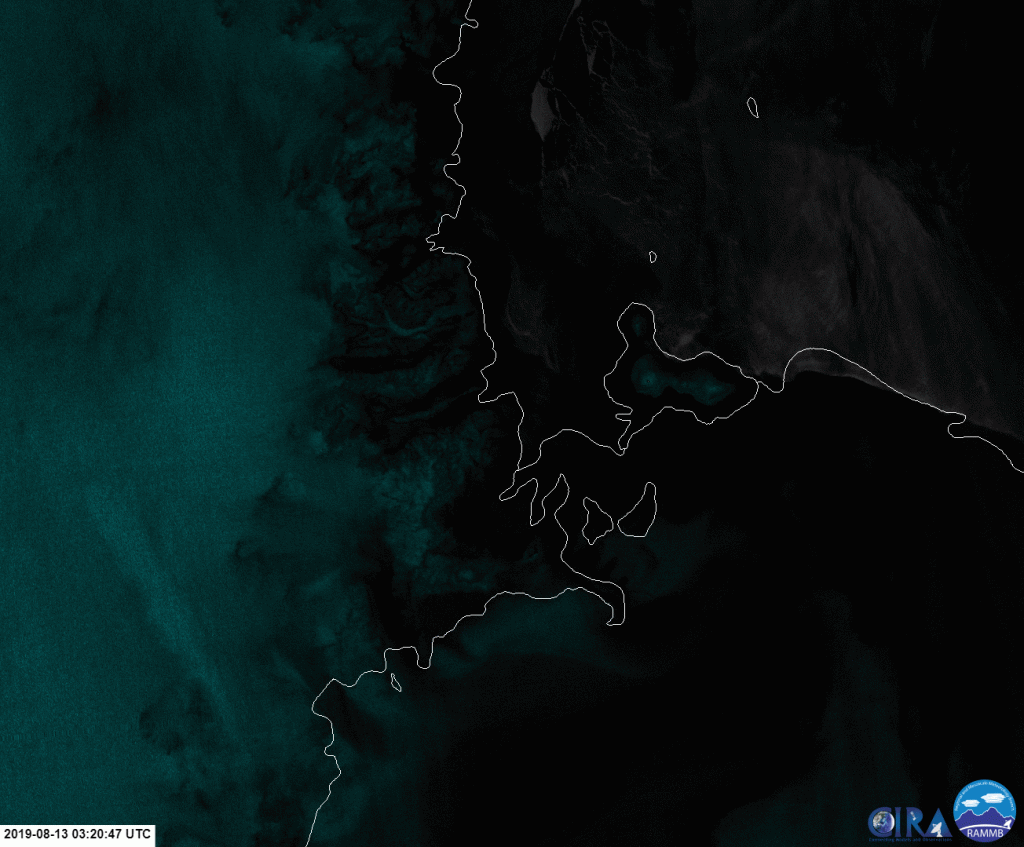
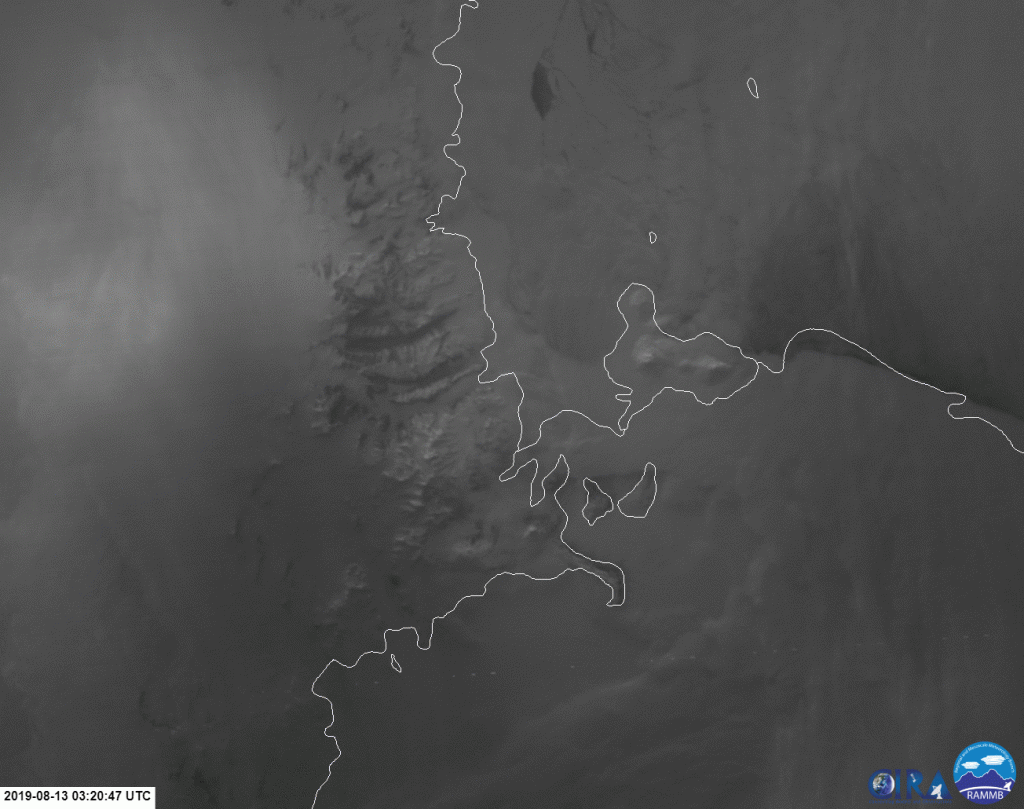

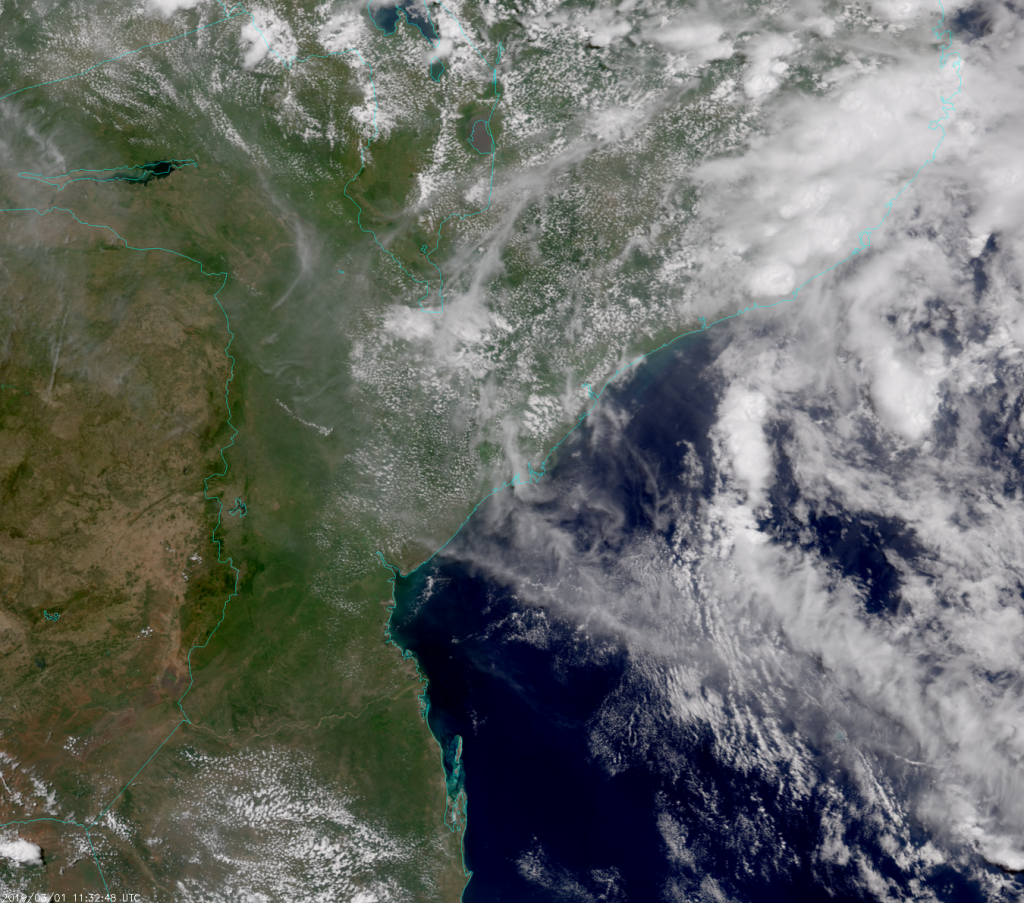
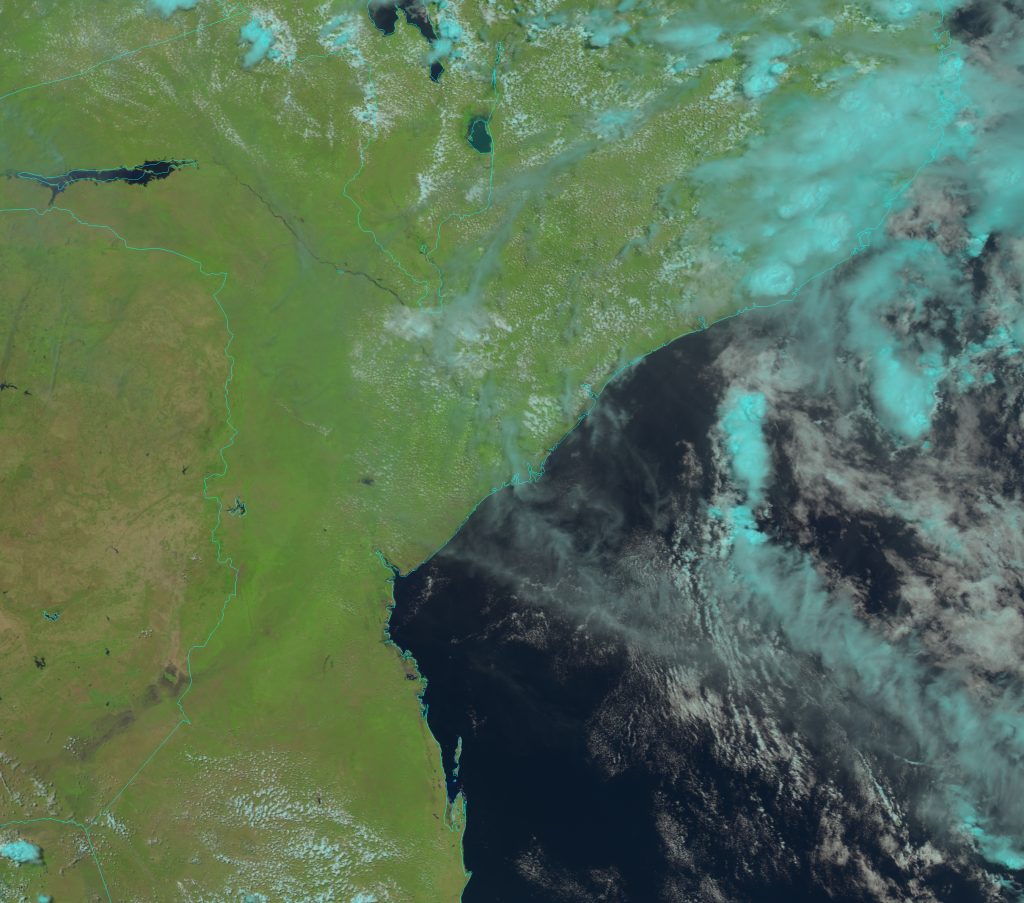
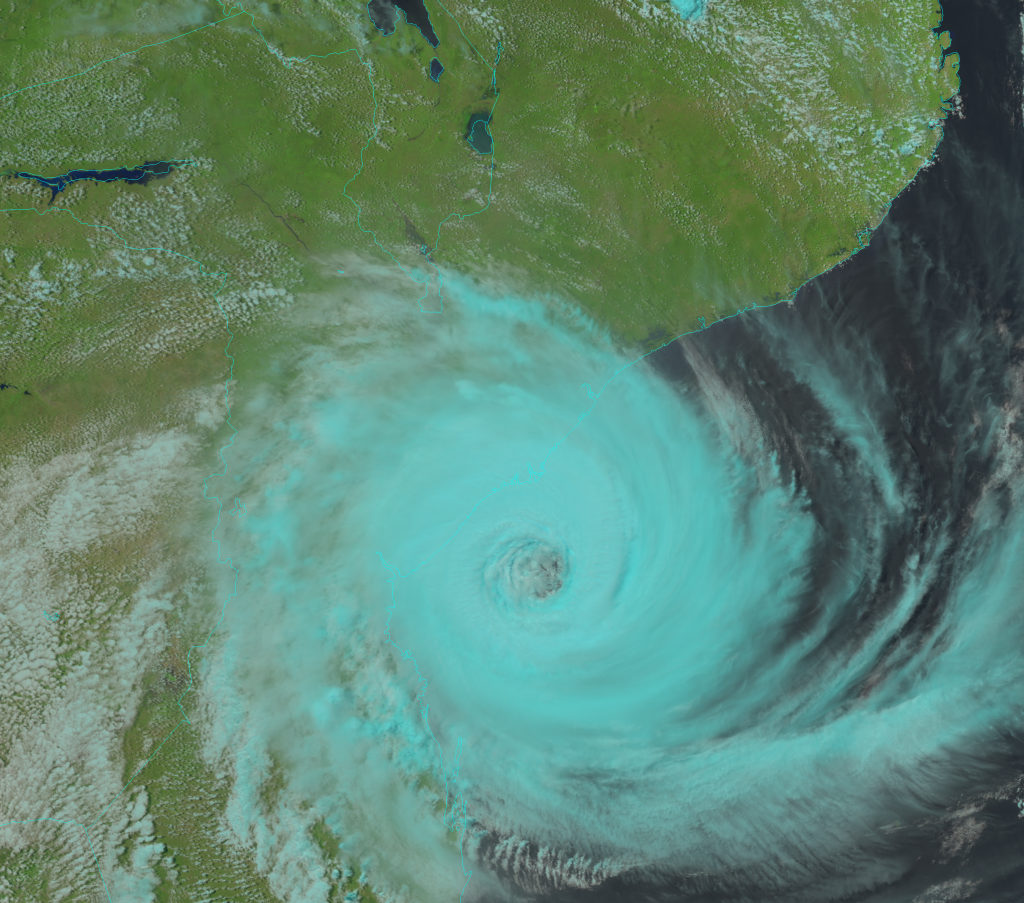
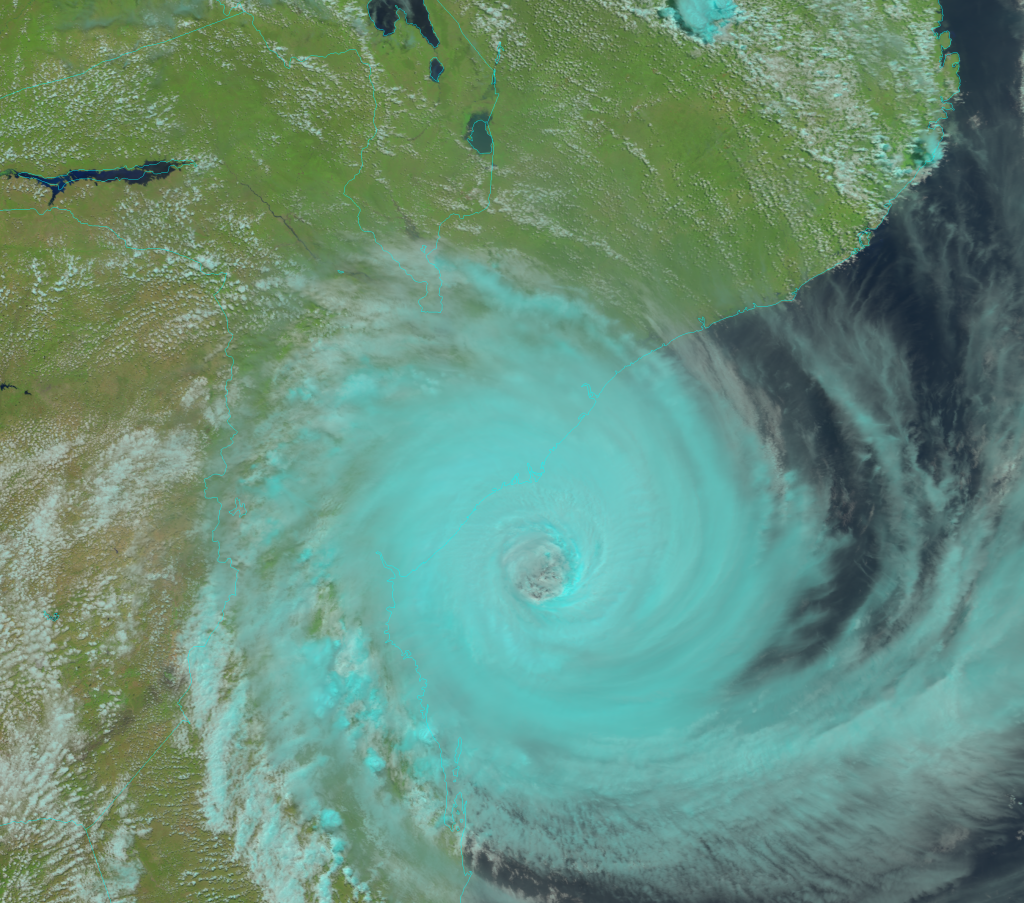
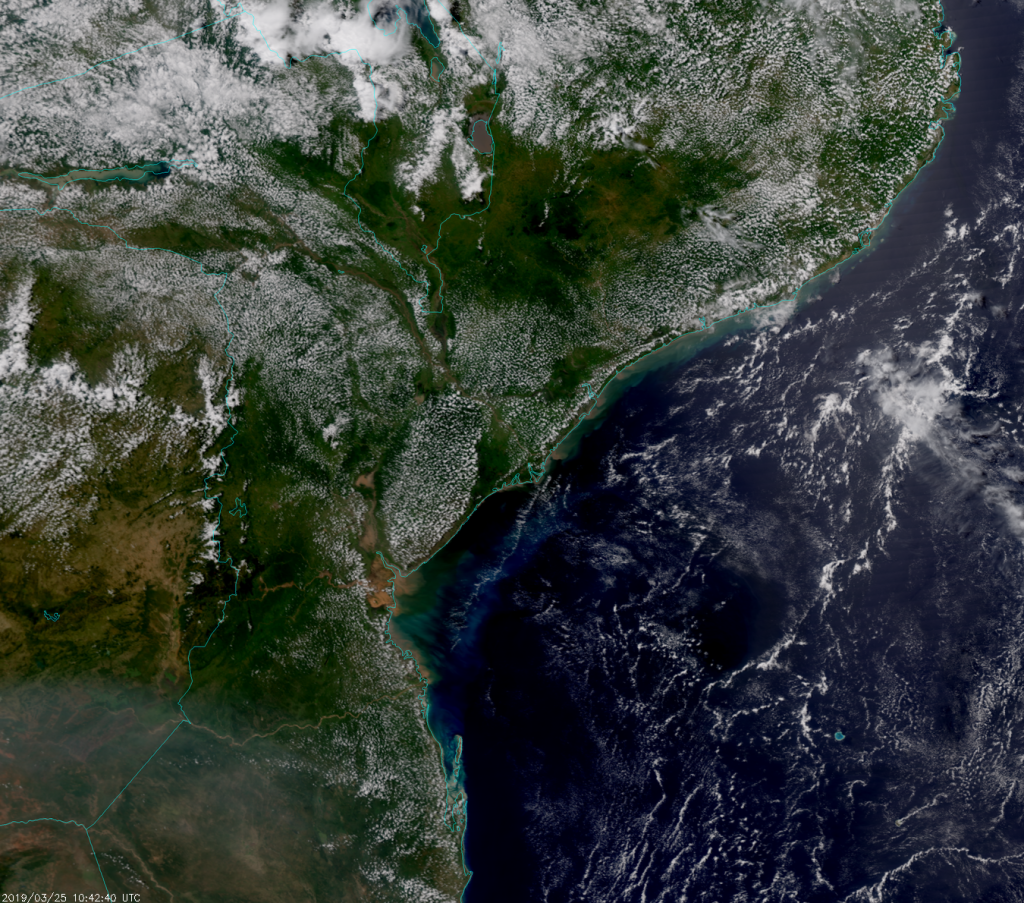
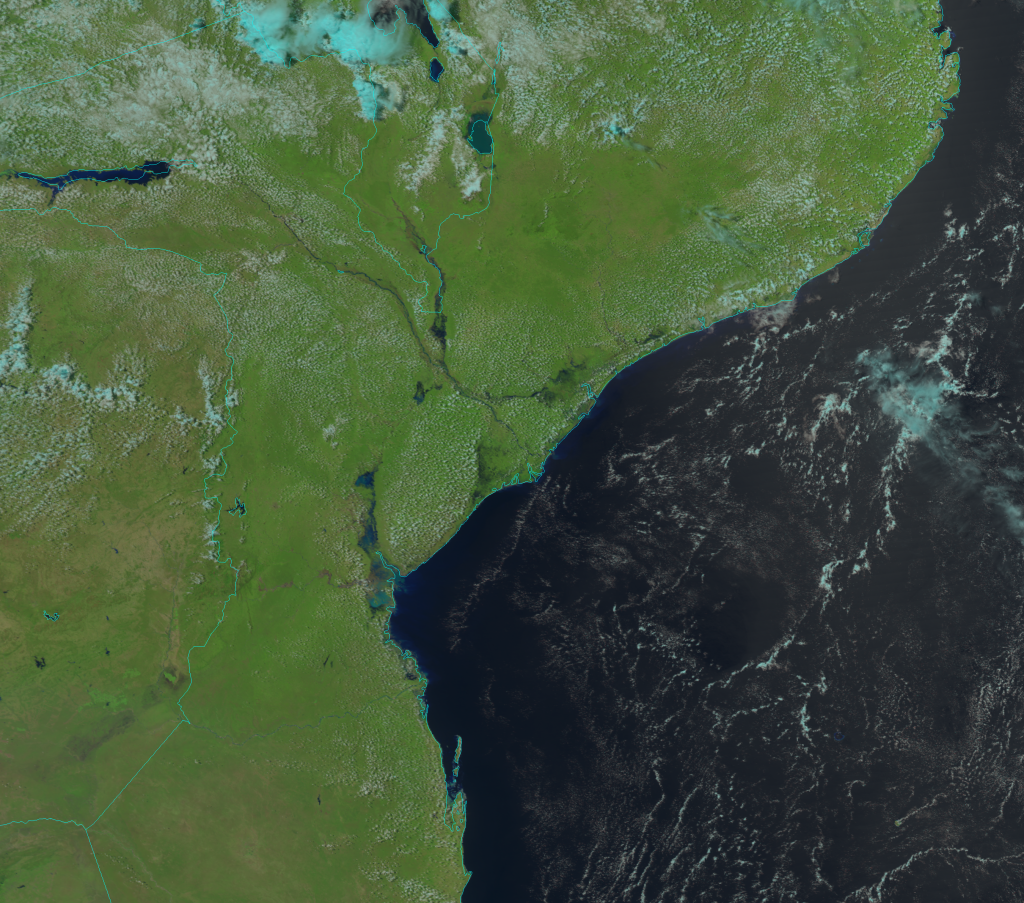


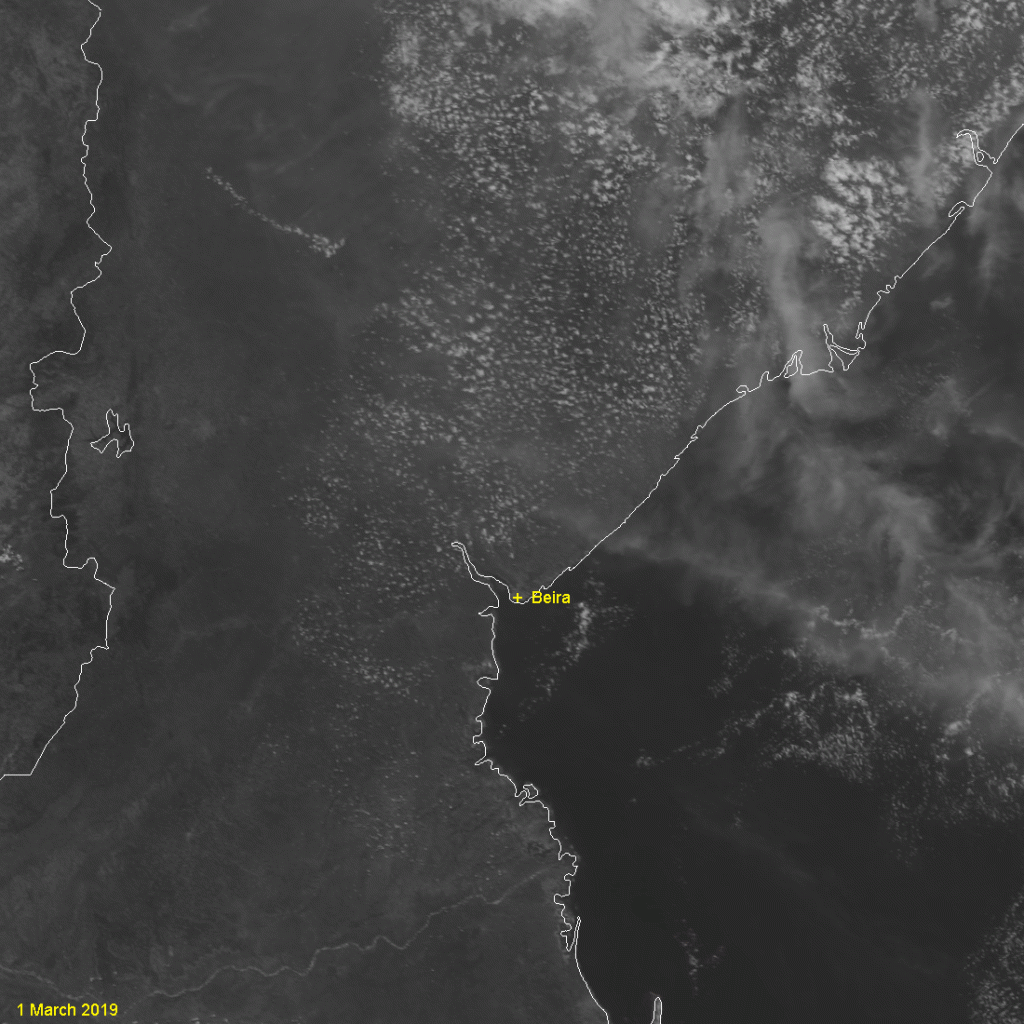
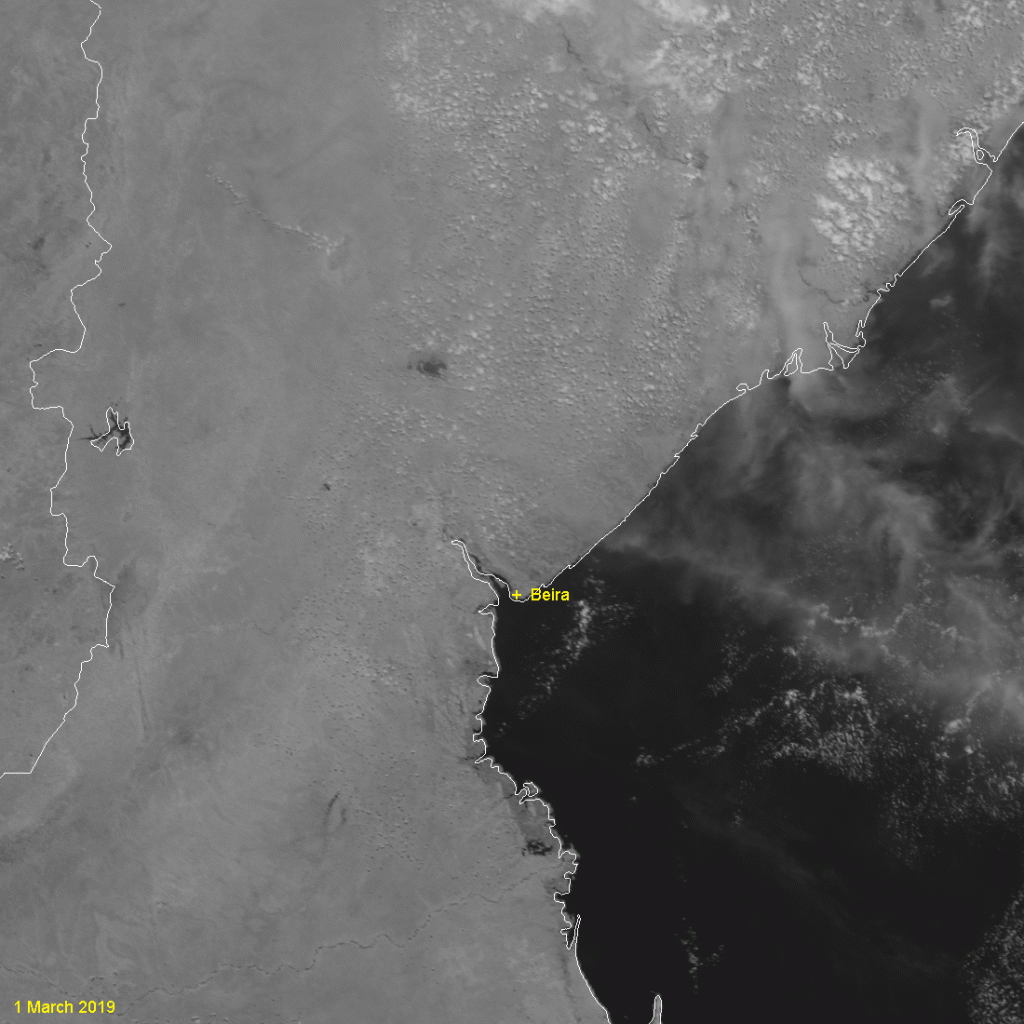
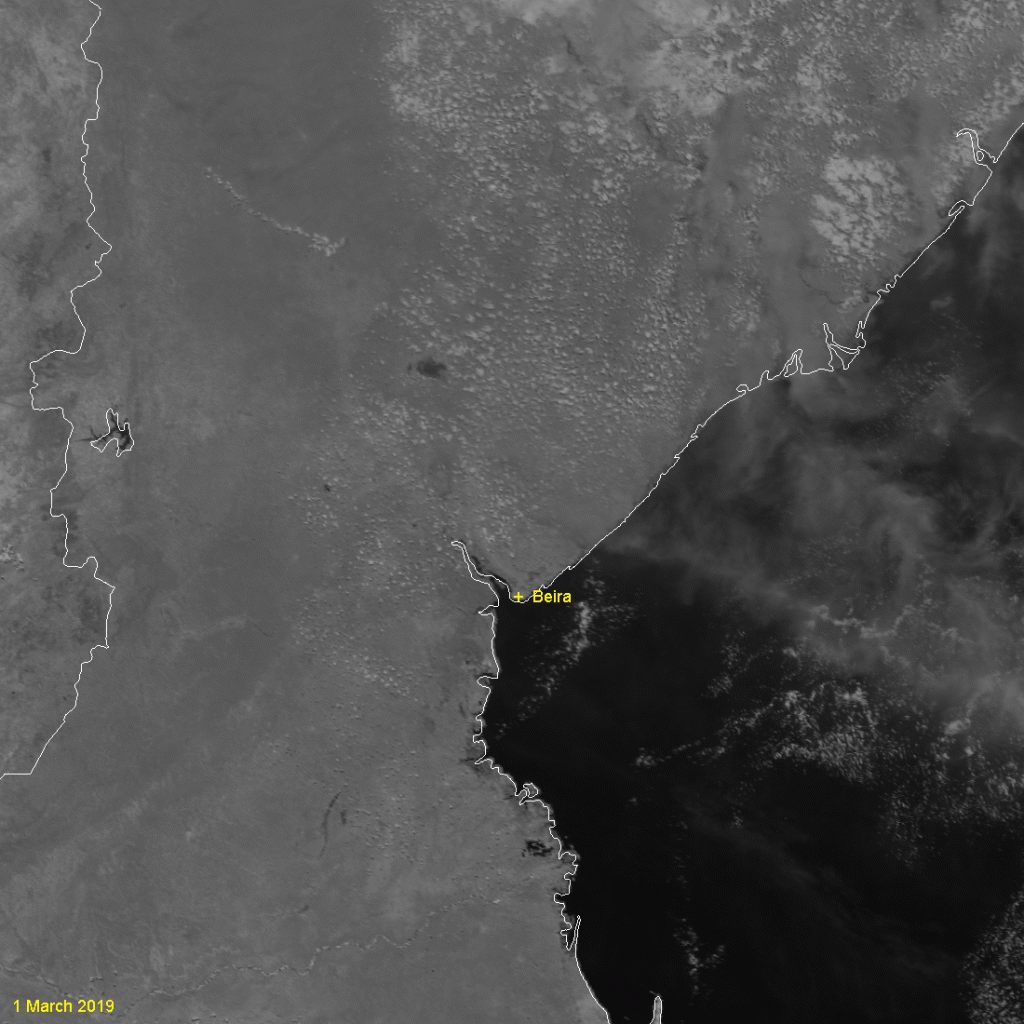
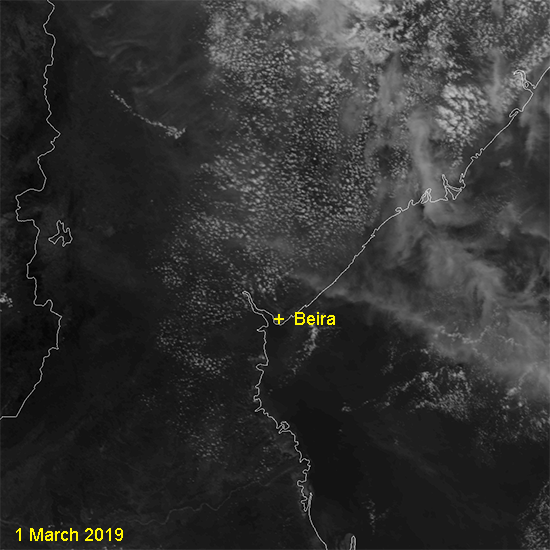
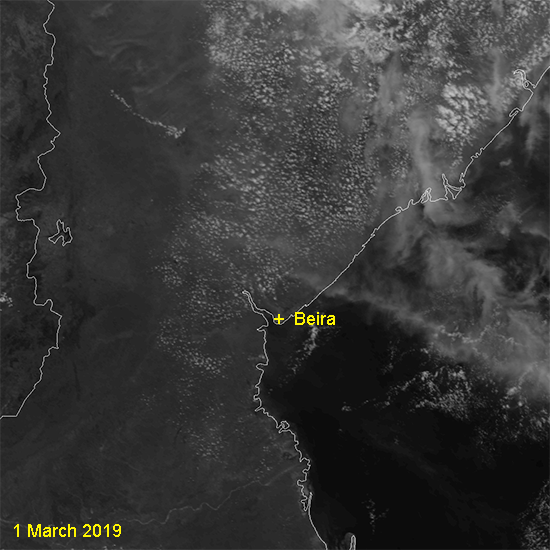
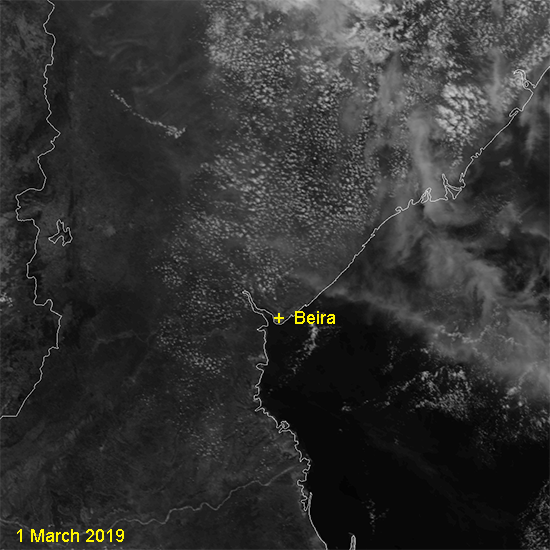

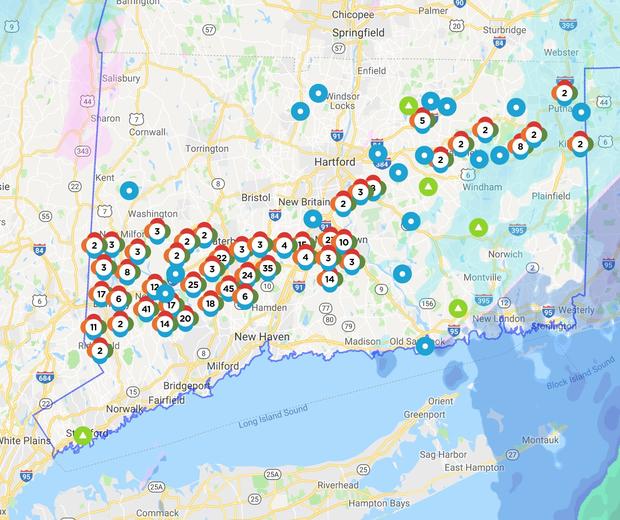
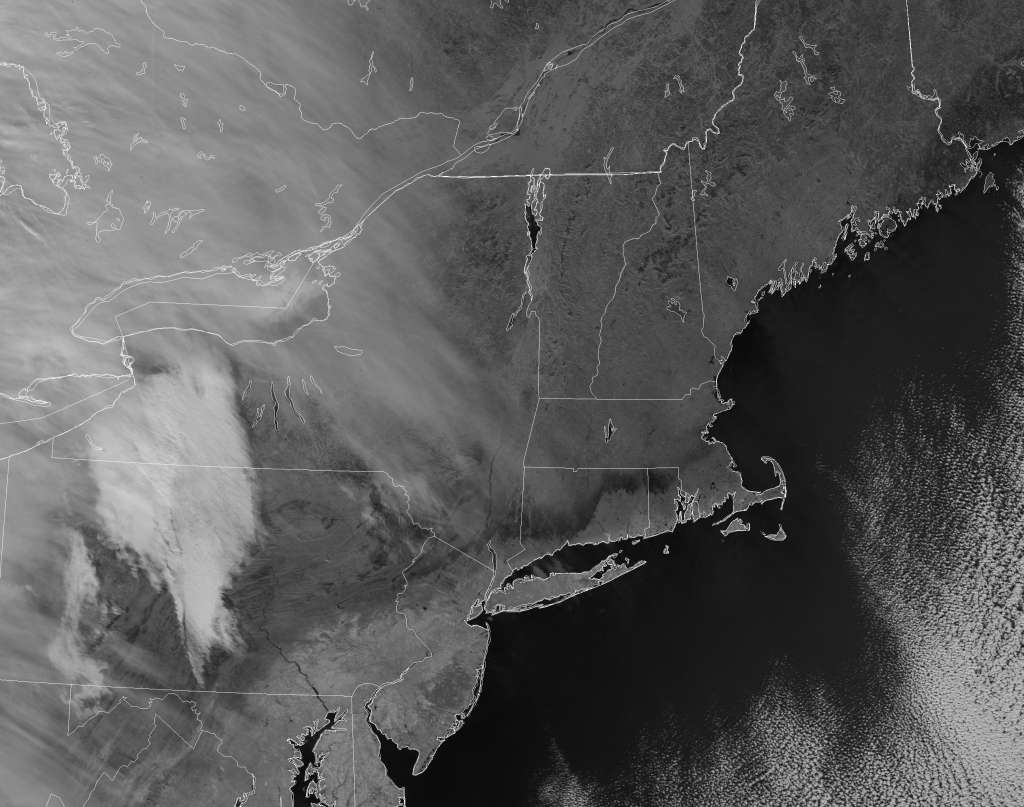



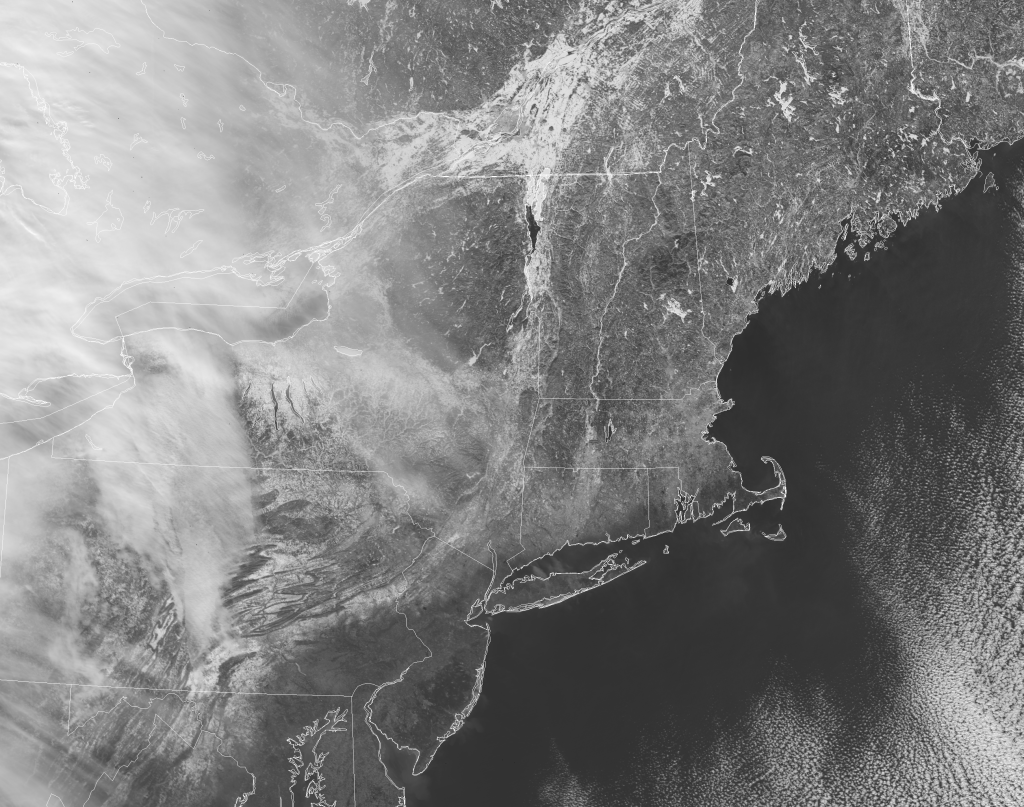
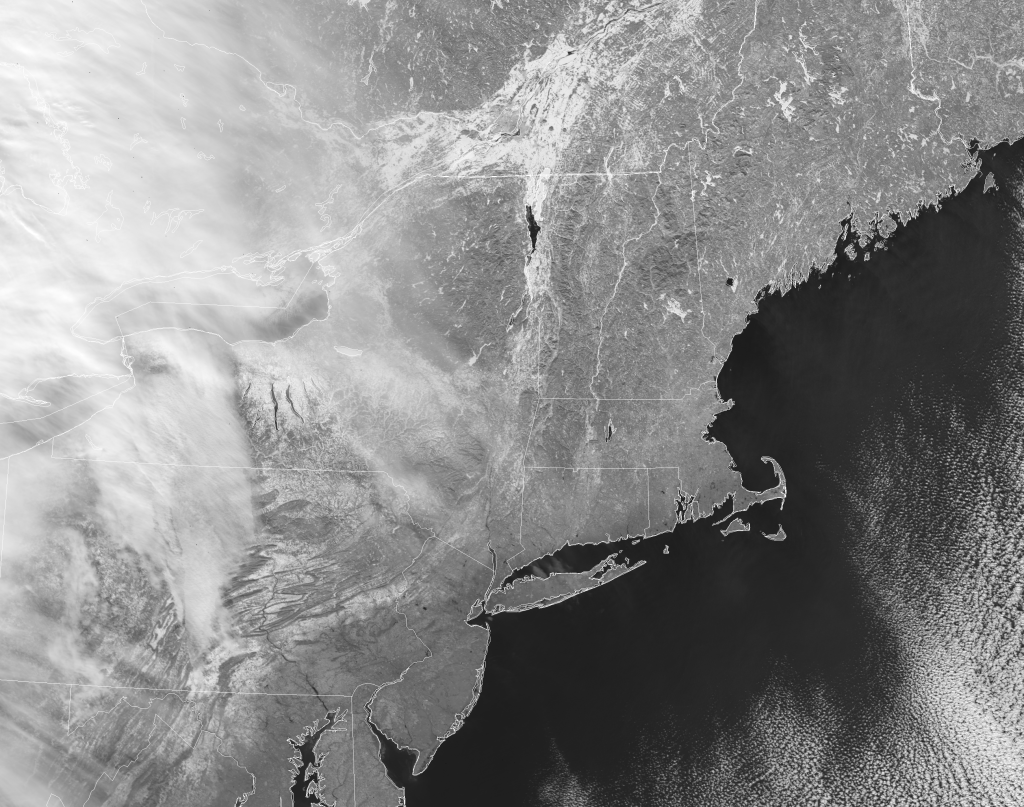
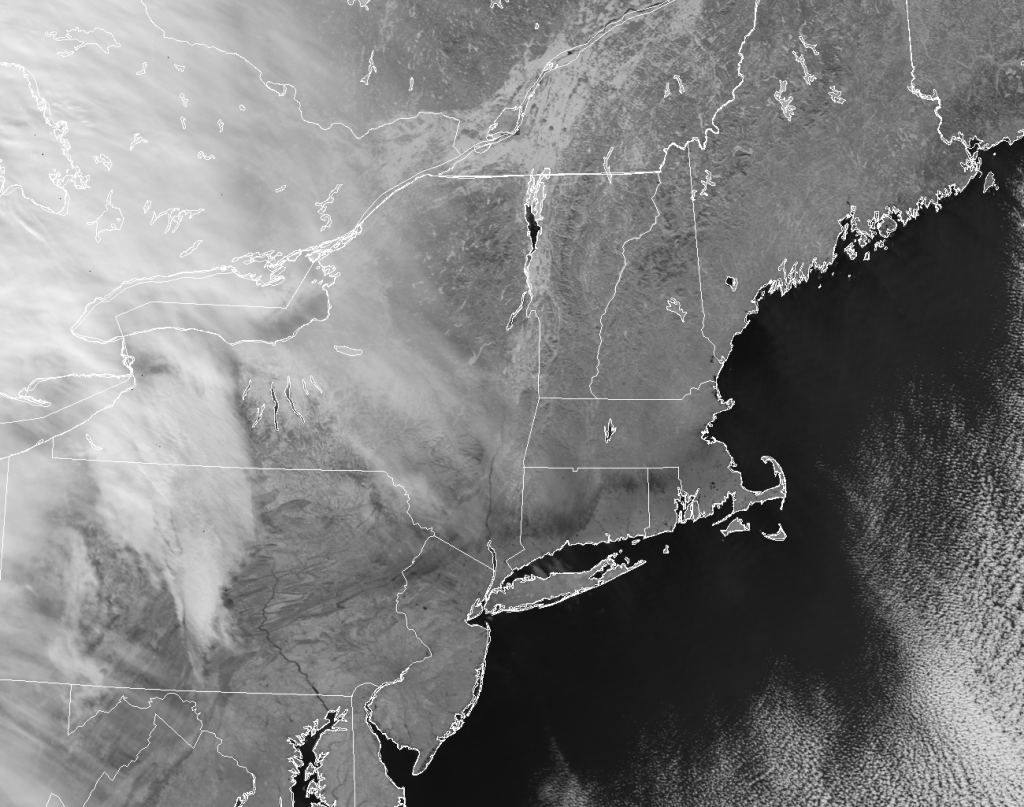
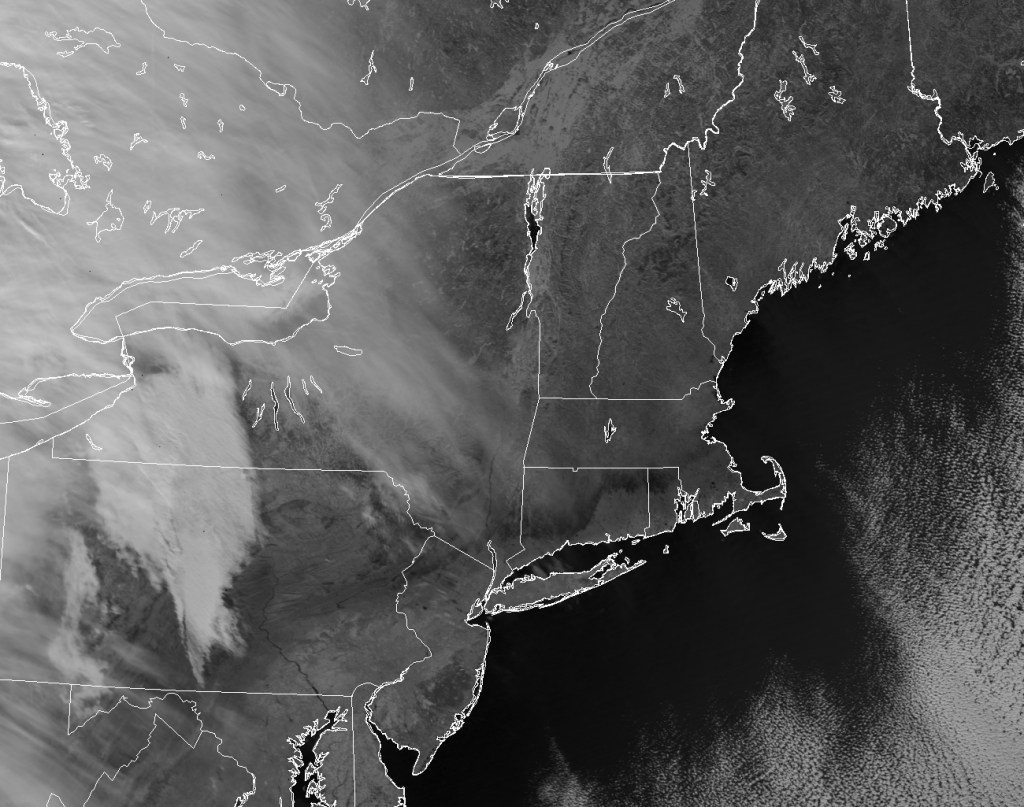
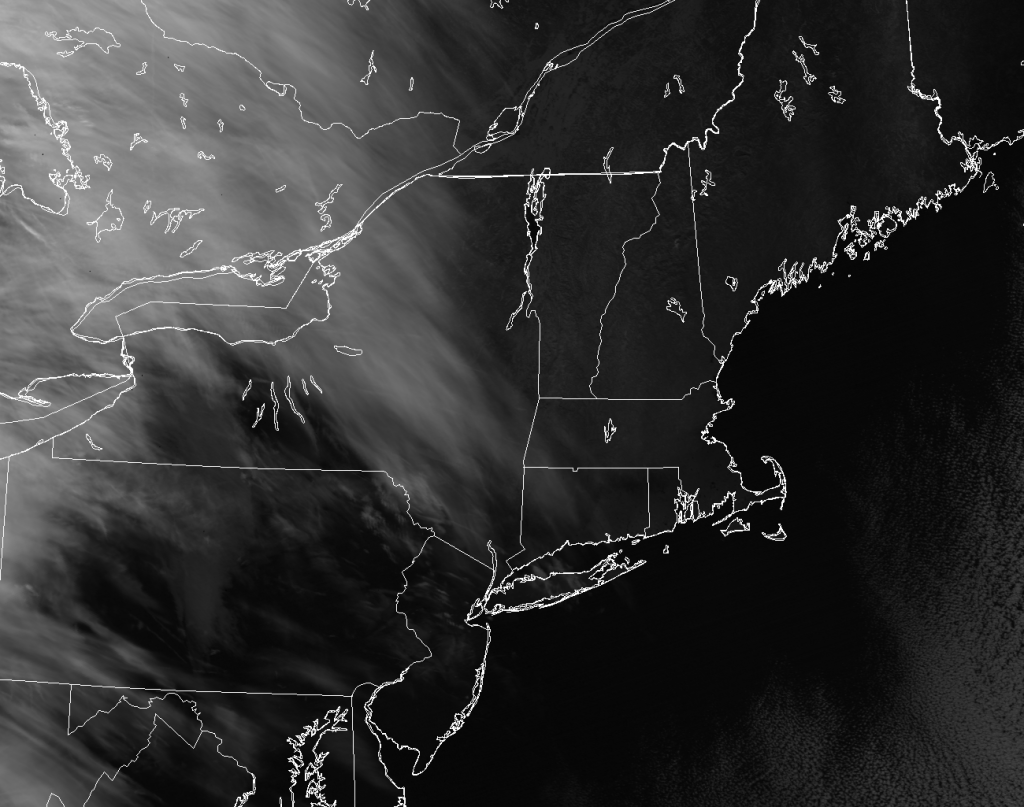


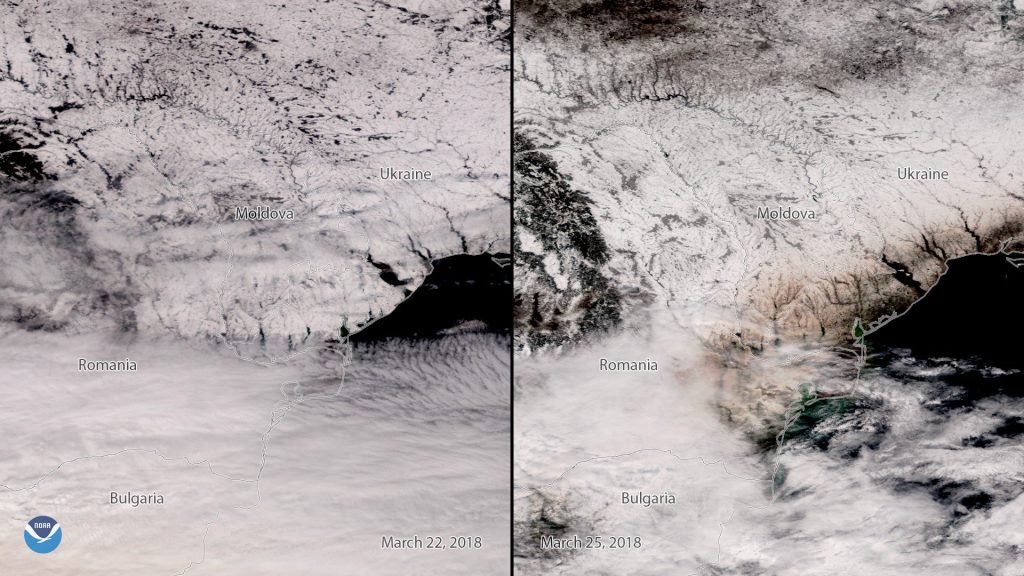



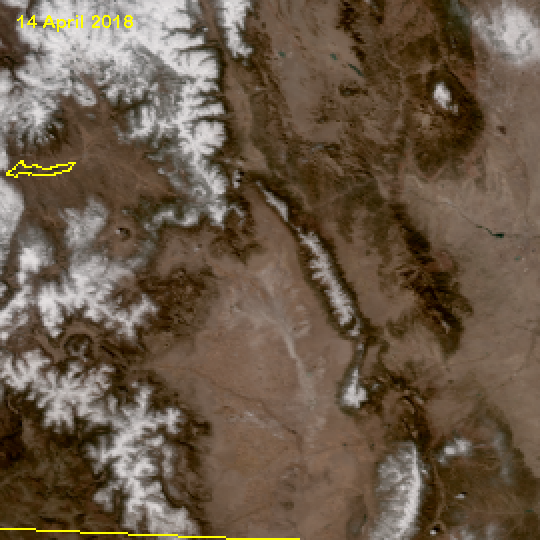
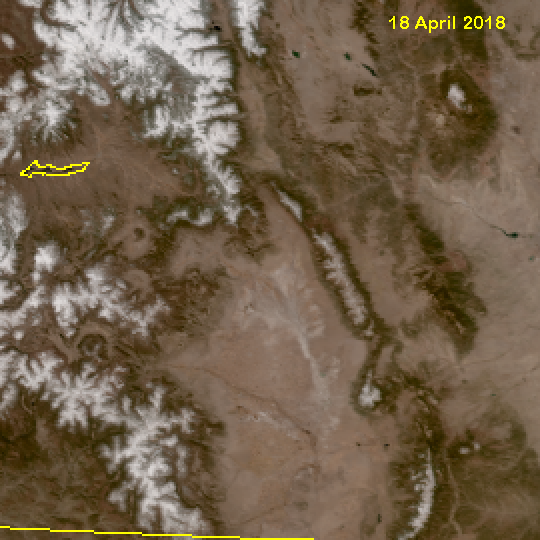
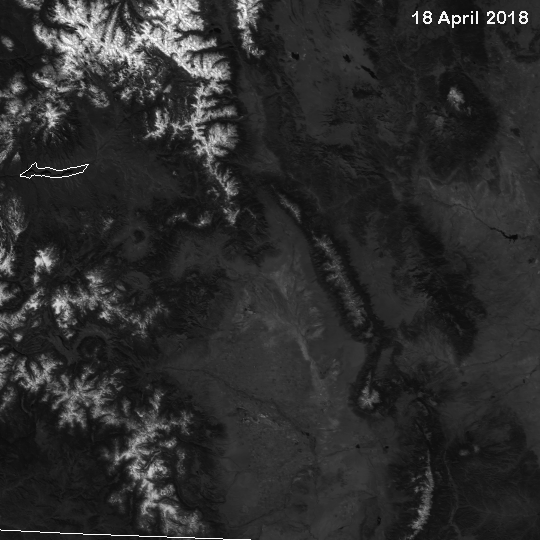
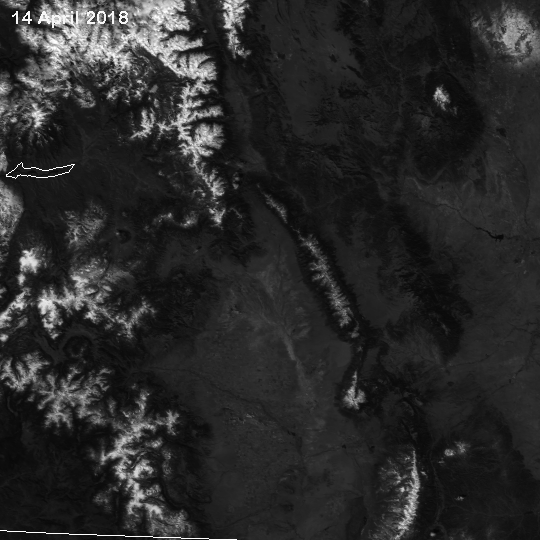 [/beforeafter]
[/beforeafter]



